|
This morning I was designated driver to drop off two of my girls at the station in Kyle of Lochalsh for the early train to Inverness. Despite the early start this is not something I mind doing as I usually make the most of getting up early and head out to the crofts for a bit of birding or photography. Today it was the turn of the camera rather than the binoculars. Initially the light was pretty flat but by 7am it was much better. The above shot was taken from near the station at Duirinish, looking towards Drumbuie. The dark clouds in the background and shadow on the hill ground set off the bright sunshine on the township really well, with the wild dog rose in the foreground adding some vibrant splashes of colour. The following shot illustrates well the difference in the quality of the light at 6:15am. While the light was flat, the cloudy sky set against the wild flowers in the croft meadow made this an appealing composition, which I have photographed before. While flat light is not usually that great for landscape photography it can be ideal for close-up and macro shots. If the light is too bright you can easily get blown out detail on the petals and leaves of plants, while soft cloudy light is ideal. As a result I started looking more closely at the plants in the meadows rather than the wider landscape. I did not opt for true macro as it was quite breezy and the plants were moving around a lot, making macro focusing impossible. Instead I opted for my Canon EF 70-200mm f/2.8L IS lens, working from a bit further away. The first shot below was actually taken with my EF 24-70mm f.8L II lens but I have included it for context as it shows the wonderful species-rich croft meadows in full flower just now. The close-ups were all taken with the 70-200mm lens. The last shot (above) is probably my favourite from the morning. I really love the soft tones and the back light really brings out the subtle translucancy of the petals. The cropped version focuses on the two main daisies without the distractions of the surrounding flowers and grasses. Aside from the wonderful flora I was also fortunate enough to get a good sight of a roe deer before it ran away and jumped the croft fence, plus a male siskin kindly posed for me on a spruce branch. Another feature of these crofting townships that interests me is the old vernacular buildings, the older houses, barns and the like. This old barn sits at the edge of a small area of croft land in Duirinish. Set against the flower-rich grassland, with the looming cloudy sky made we want to shoot this image. Finally, as I got back to the car, the light came out to play again and I captured this shot looking across the crofts towards Duirinish, showing off the marvellous meadows in these two spectacular crofitng townships.
0 Comments
I got back yesterday evening from a couple of days farther north in Coigach, Assynt and Durness, with a detour home via Altnaharra and Lairg, and have spent a few hours today processing images. Despite lots of driving I had plenty of opportunity to get my camera gear out and enjoyed it very much. The above shot is one of my favourites from the tirp, although I have shot this old building before I think I prefer this angle and the clouds and mixed light on Suilven in the background make for a compelling composition. It looks good in desaturated colour as well although, personally, I prefer the monochrome version. I also had my Intrepid 5x4" film camera with me so I exposed a few sheets of film at this location as well. I now have 12 sheets of film ready for development, so a spell in the darkrom is required soon. Watch out for a post with the results. The above shot is one of three that I took of old abandoned dwellings during my trip. This part of Scotland is of course well-known for the part it played in the story of the Highland Clearances so it is perhaps not too surprising that there is plenty of evidence of older habitation, often in some incredibly remote spots. It is, I think, somewhat ironic that so much of the north-west is not only denuded of people but also of trees and its natural vegetation, as a result of the extensive sheep farming that prevails there. So, as you will see in these three images, there is not a lot of woodland, and there is lots of empty space. Solmar is a small collection of old structures located on the headland beyond the old church and the golf course at Balnakeil Bay in Durness. Just beyond the ruins it is possible to make out the ancient field patterns of what would once have been croft land which would have been cultivated. Beyond that are the amazing sands and torquoise waters of the Kyle of Durness with Fashven in the background. This image also works well in monochrome but in this case I prefer the colour version as the ruins stand out more clearly and the contrasting colours of the sand and the sea make it special, although the field patterns do stand out better in black & white. The last of the three old buildings is located at Alnabad, above Strathmore, close by the minor road from Hope to Altnaharra. This is a slightly more recent structure than those at Solmar but has none-the-less been long abandoned, and given its location in the middle of nowhere it is not at all surprising. This shot was taken from beside the road, looking west towards the empty lands of the Reay Forest (an ironic name if ever there was one as there are virtually no natural trees here at all, only some ill-conceived forestry plantations). The clouds were looming over the hills but there was some light getting through in patches, helping to illustrate the landforms. The overall perception was one of desolation. It must have been a pretty unappealing place on a bad winter's night. This one also works well in black & white. The following shot is my other favourite from the trip. I really love the light that you get at Durness, and particularly on the Kyle of Durness with its amazing sands when the tide is out. On this occasion the tide was well out and, while it was pretty overcast, there were gaps in the clouds which were providing amazing shifting light on the sands and the many channels by which the River Dionard reaches the sea. I managed to time this shot to capture one of those shifting patches of light falling on the house at Altanan. The contrasting colours and light and shade make this a really dramatic exposure and one that I am sure I will print so I can have it somewhere on the wall. At Achnahaird Bay the Sea Thrift was in full flower on the saltmarsh at the head of the beach. It was a truly impressive dislay of soft pink flowers, visible from the road. I made my way down to the beach specifically to try and capture some shots of this colourful feature, set against the rugged landscape of Coigach. These three are my favourites. The following images are a few of the others I captured during the trip. Some of these work well and others perhaps less so, but if you don't try things out you never really improve. The black & white shots of the trees and the drystone wall didn't really come together as I had hoped, but I quite like them all the same. Yesterday evening was one of those wonderful soft nights where the gentle breeze was just enough to keep the midges away without making it chilly, and the late evening sun provided lovely warm light on the landscape. I chose to go for a walk around the coast from Duirinish to Port an Eorna and on to Drumbuie and the views across to Skye were truly fantastic. My favourite plant, the globeflower, was in full flower at Drumbuie, overlooking the bay at Port Cam with the Skye hills in the background. The above shot is my favourite, taken with at small aperture (f/16) to get the star burst effect of the sun. I exposed for the bright sky as I didn't have my ND Grad filters with me, and brought out the details in the foreground in post-processing. One of the beauties of my fantastic Canon 5D Mark IV is that it has great dynamic range and when shooting in RAW it is possible to make these kinds of adjustments. The following are a few of the other shots from the evening. |
AuthorI am an amateur photographer who is also a Chartered Geographer with his own part-time consultancy business and I work as an estate manager for a national conservation charity in Scotland. I am based in Lochalsh, Wester Ross, Scotland, just next to the Isle of Skye. SalesIf you like my photos and are interested in purchasing prints, whether framed, mounted or otherwise please click here.
Archives
May 2024
Categories |


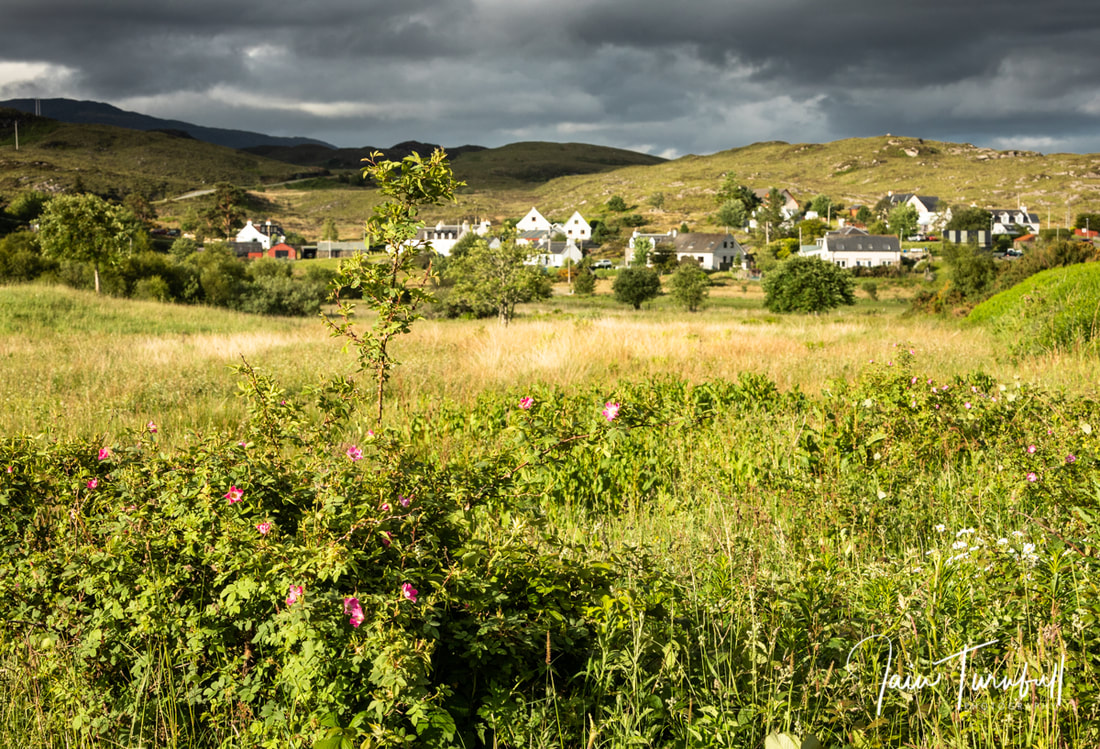
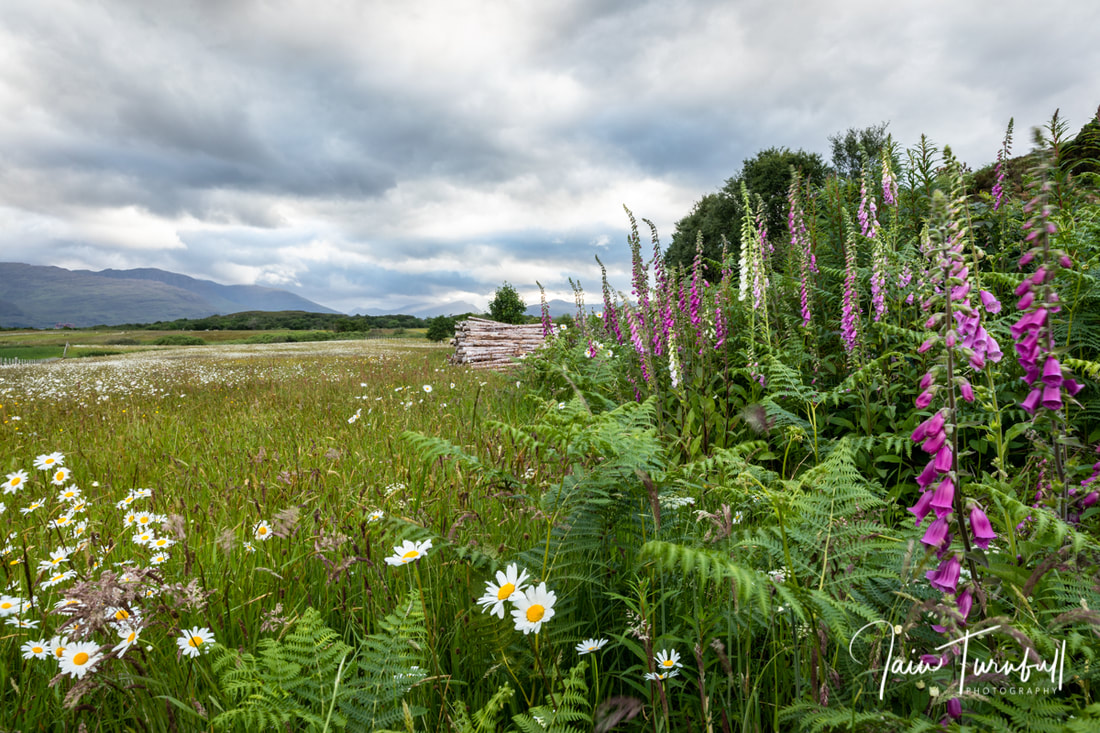
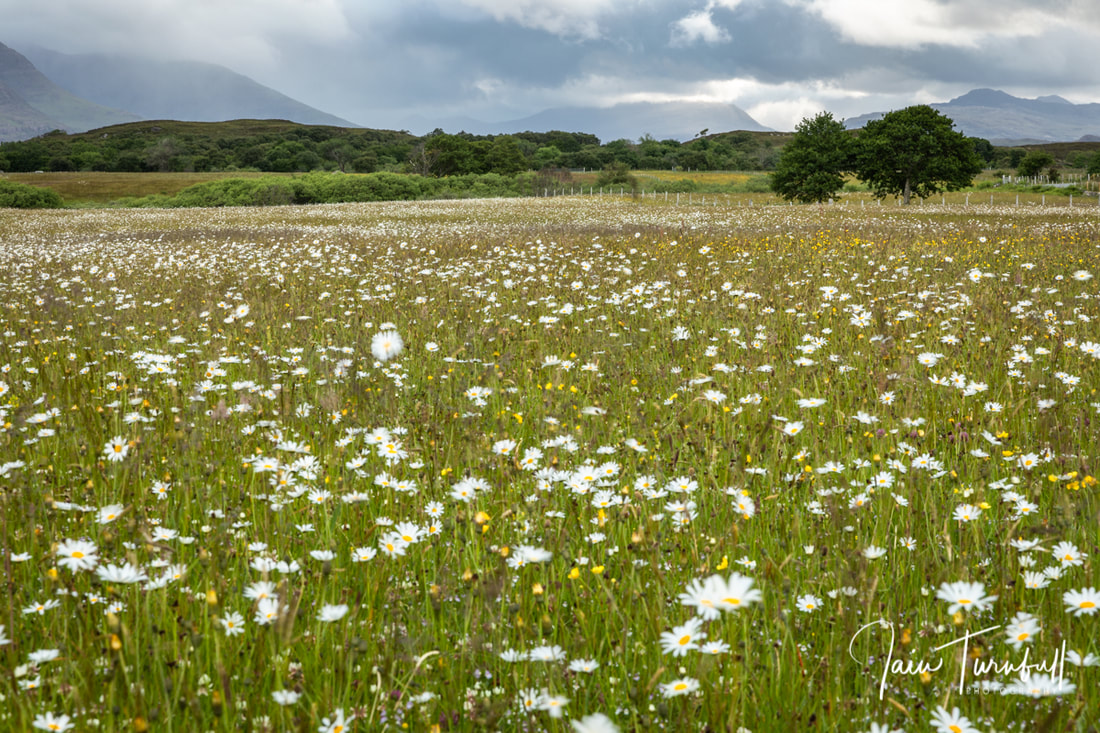
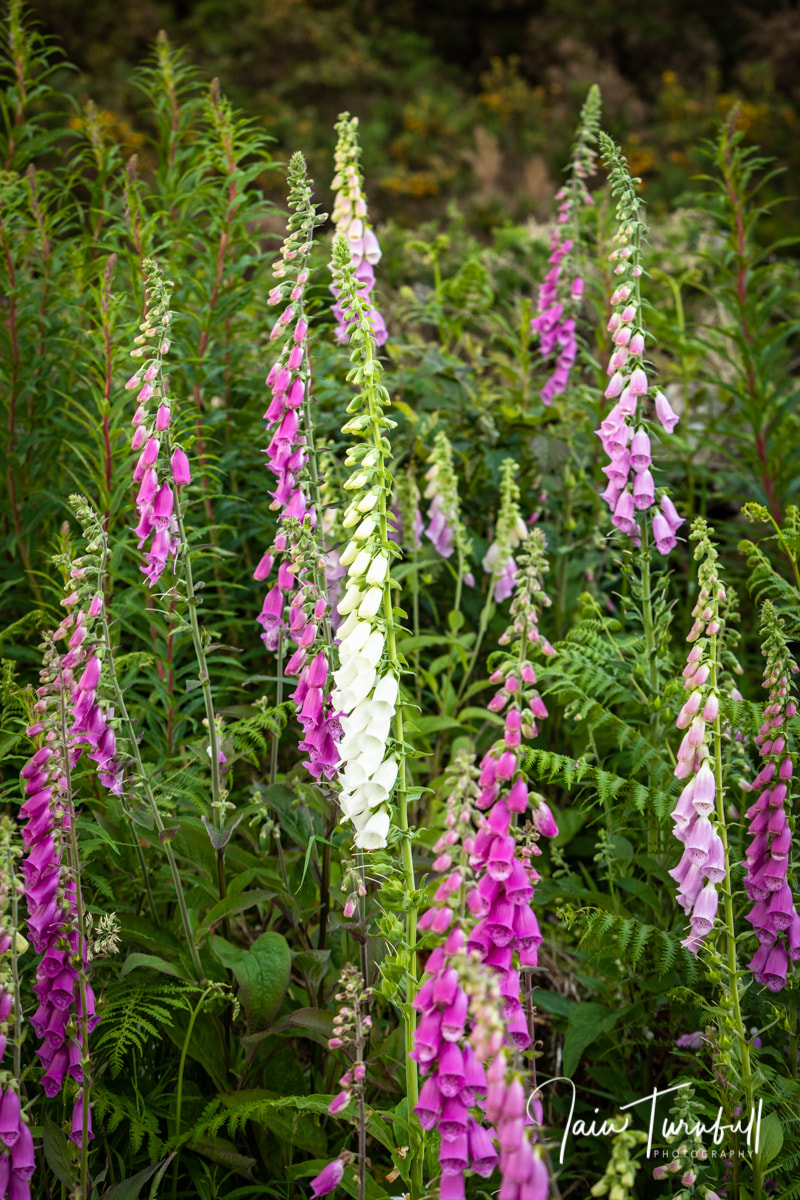
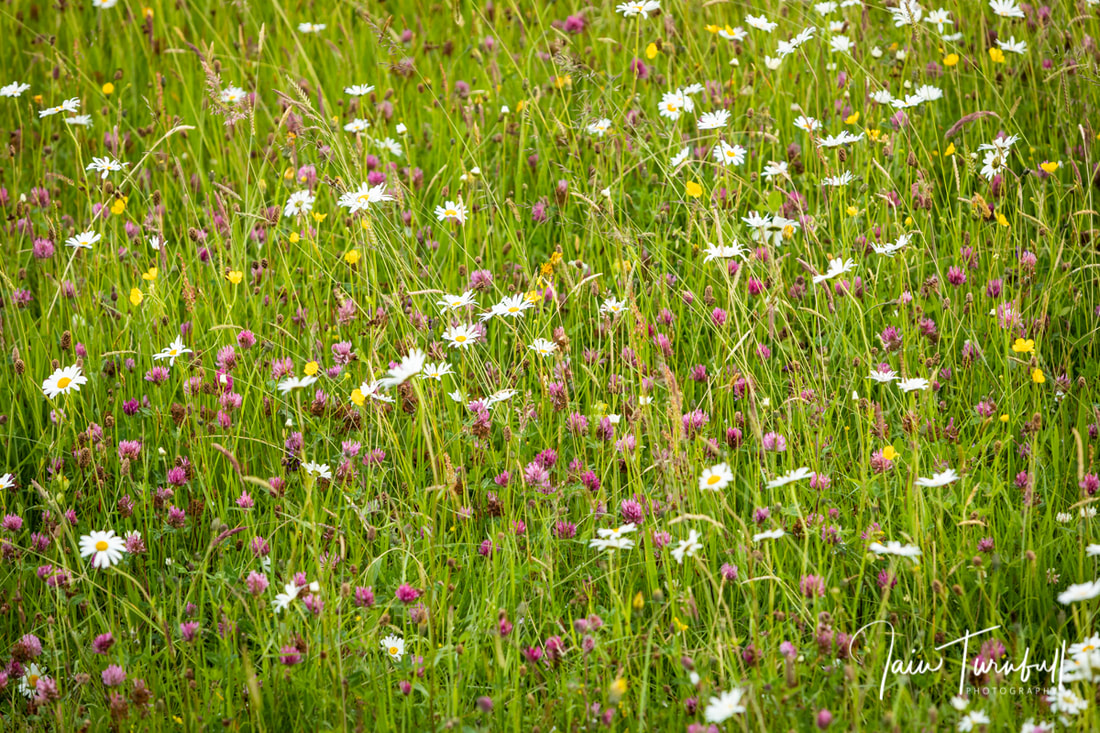
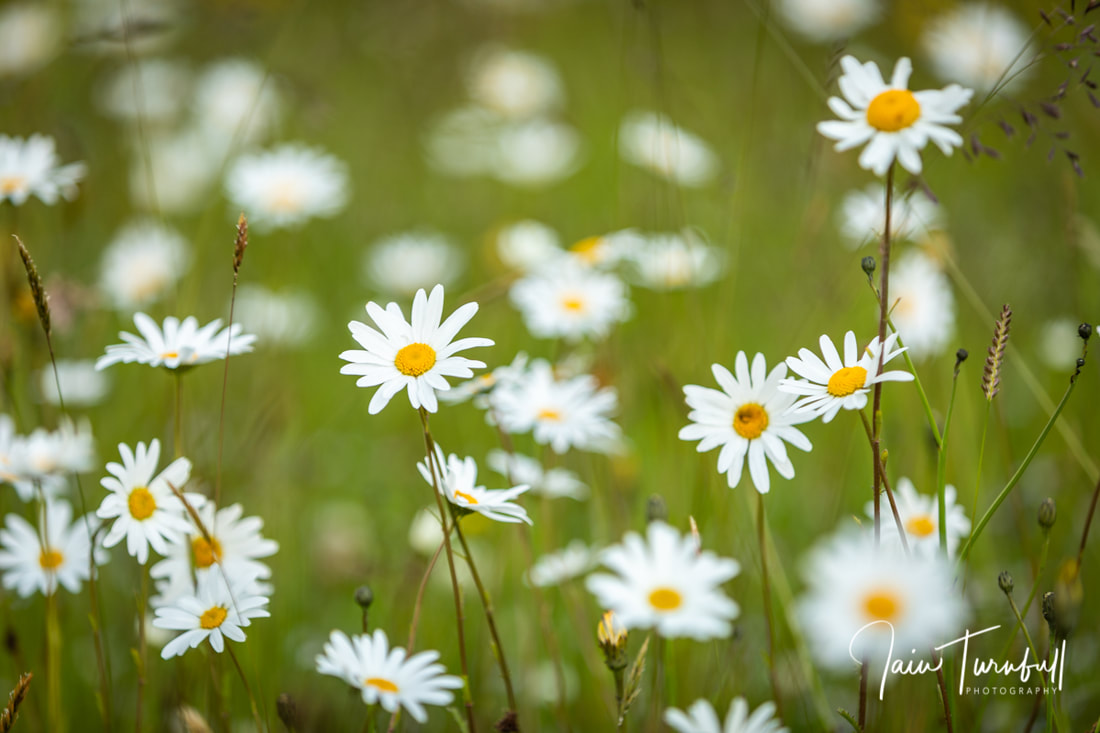
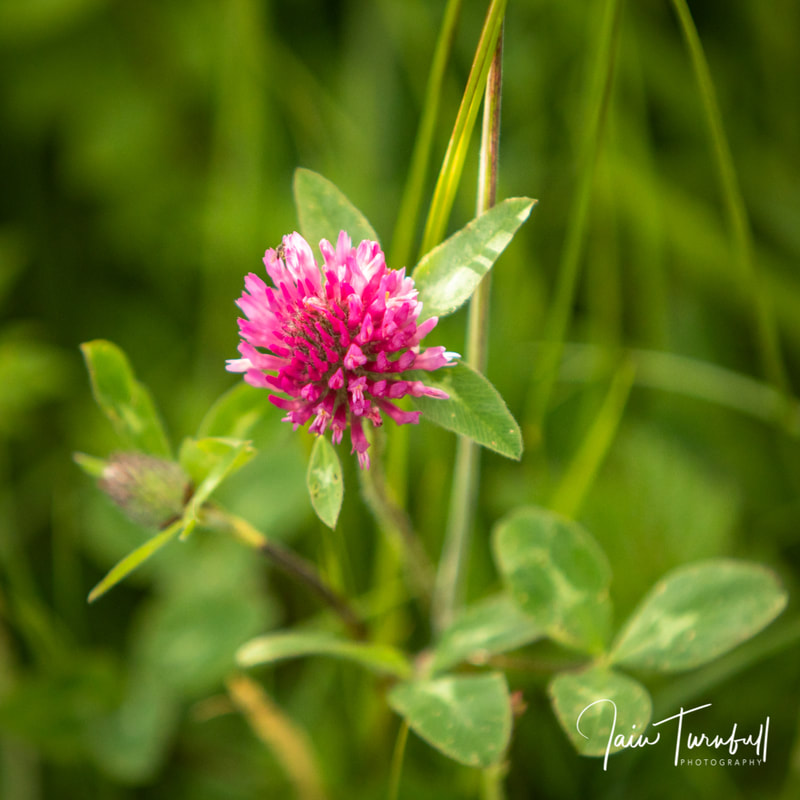
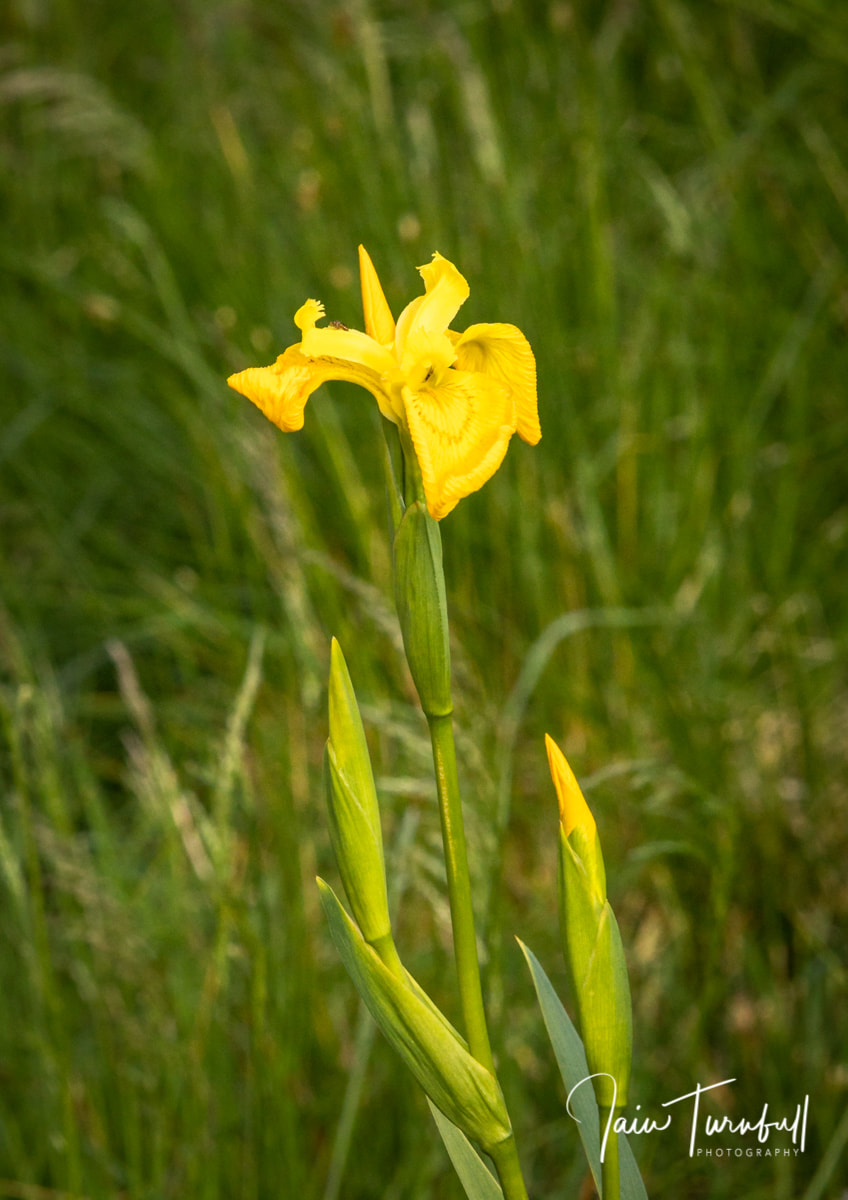
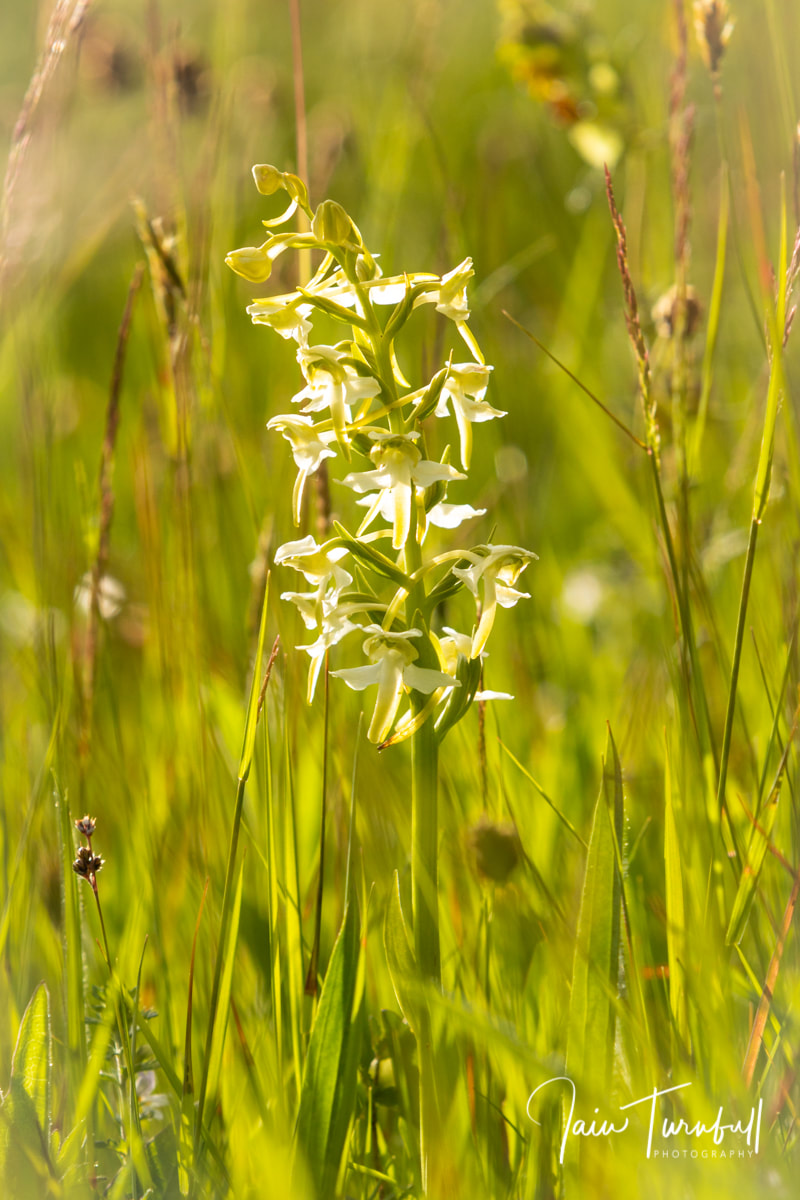
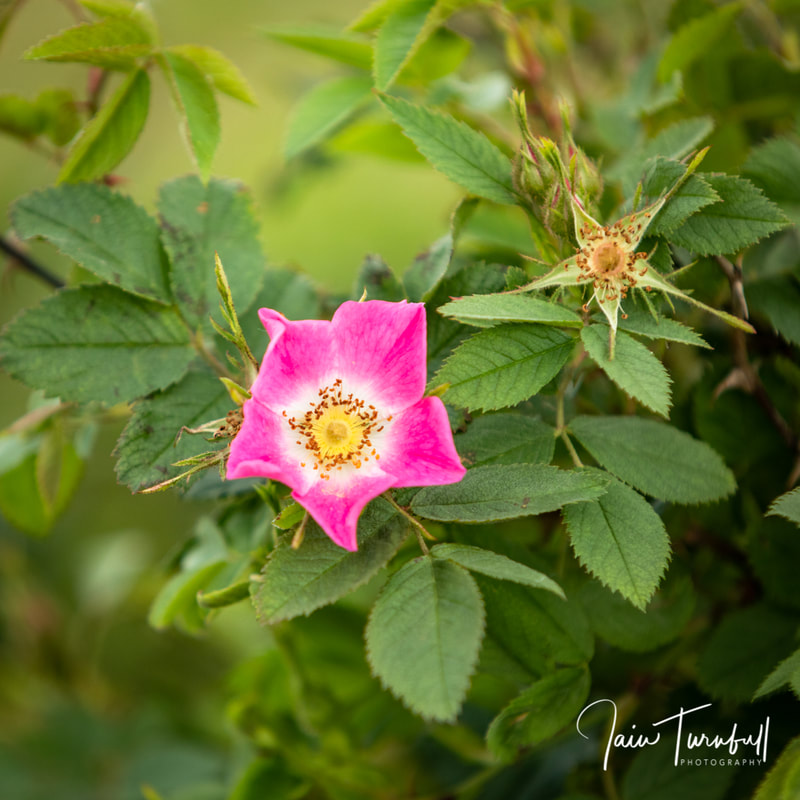
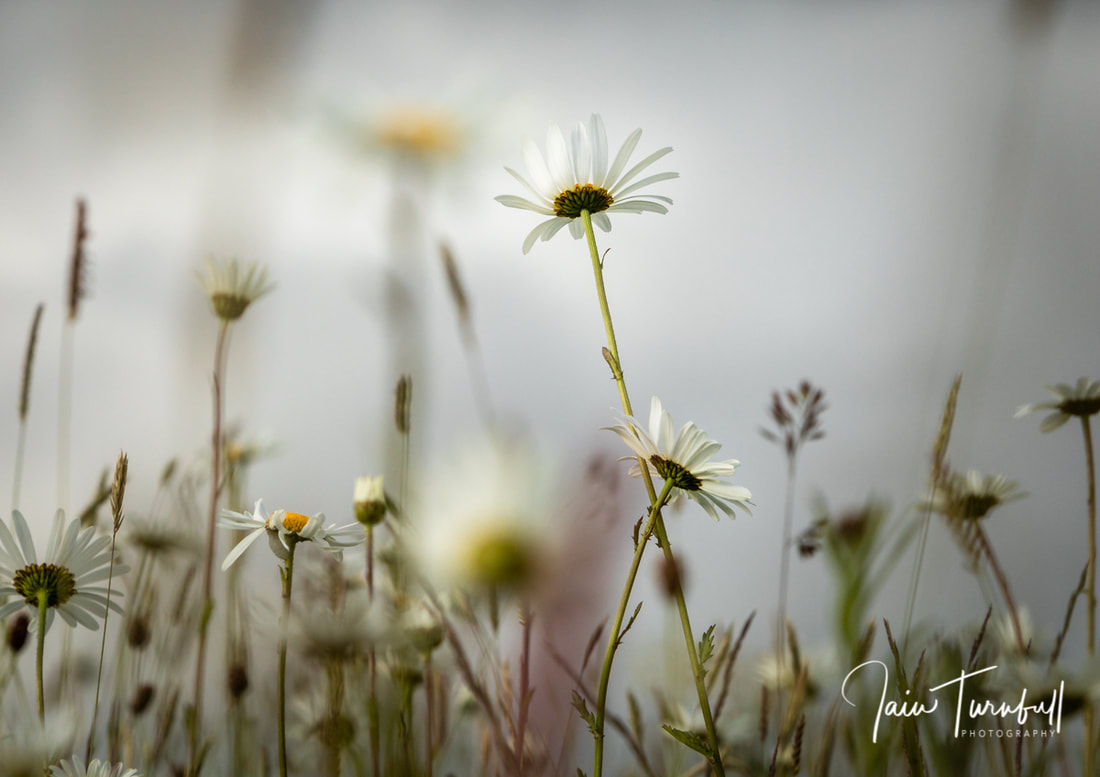
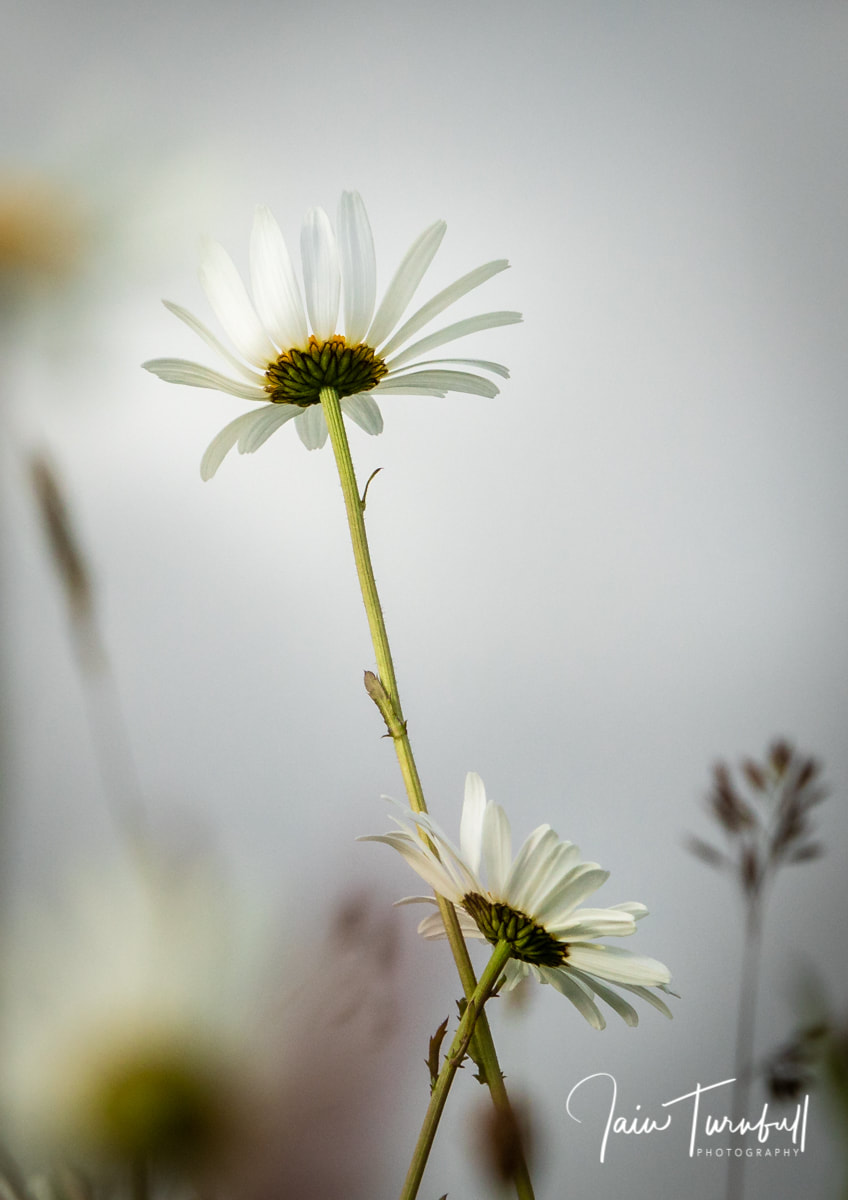
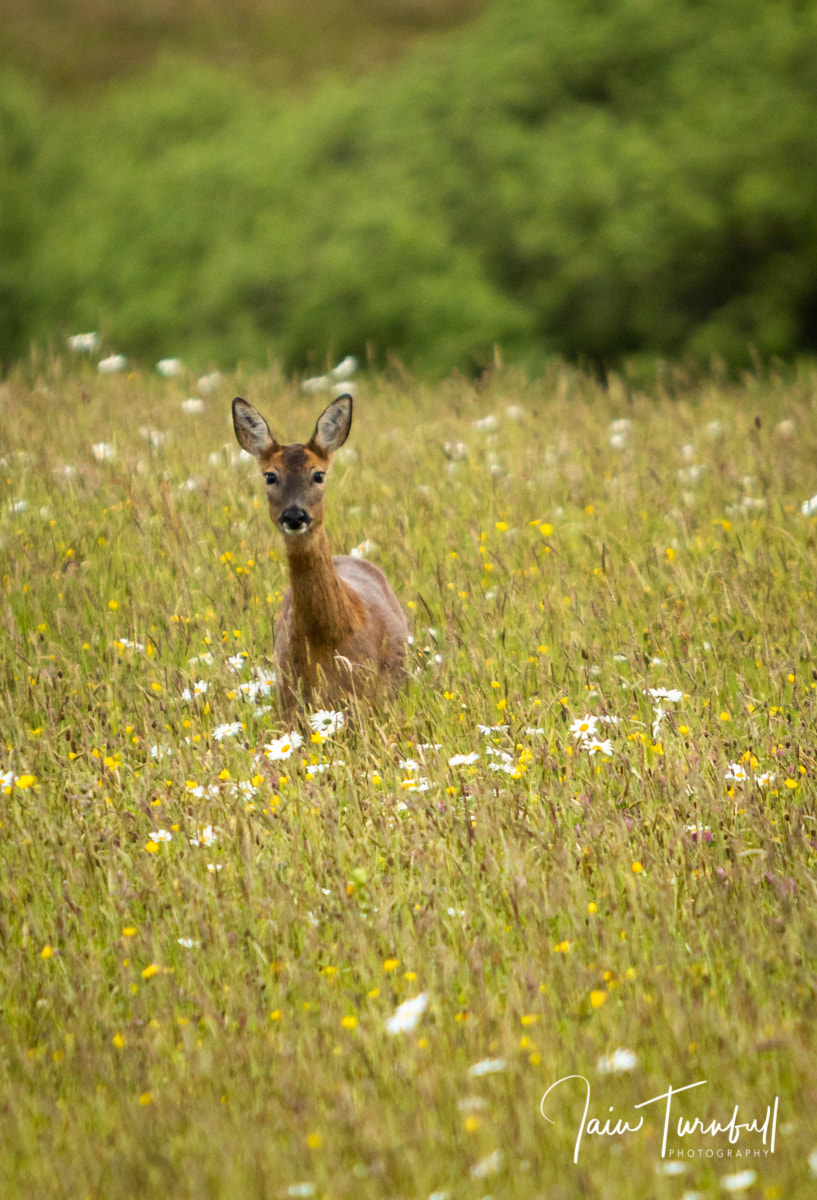
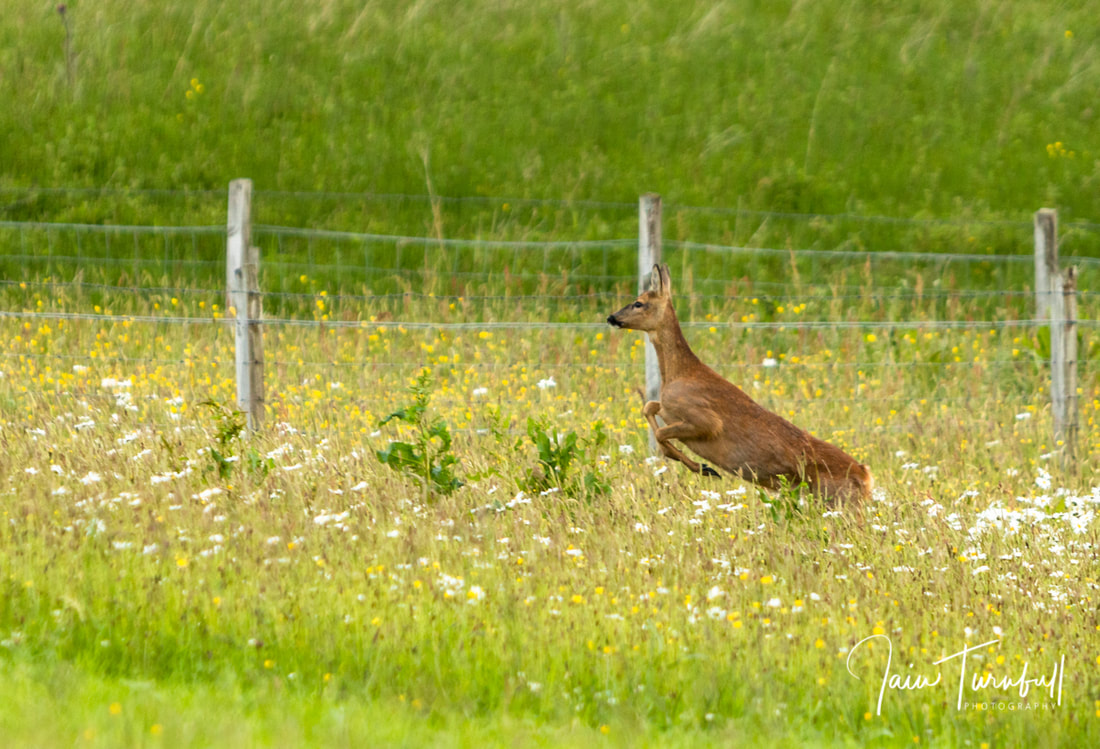
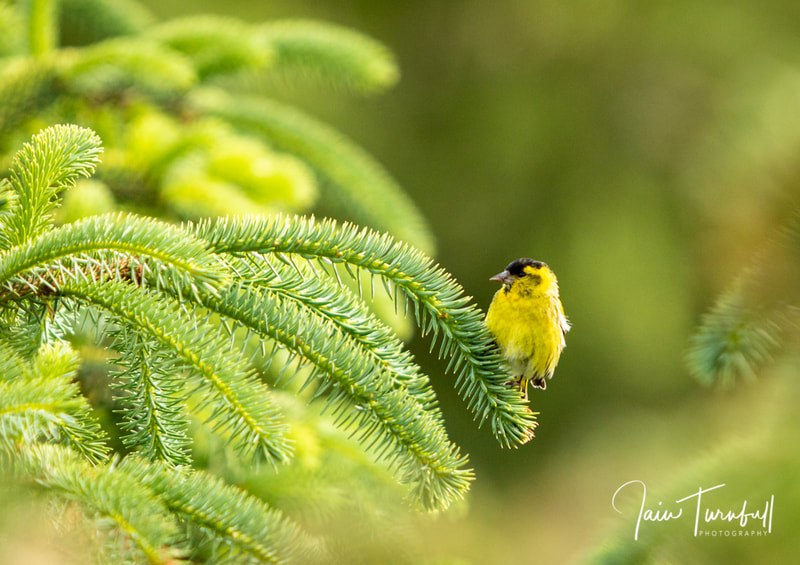
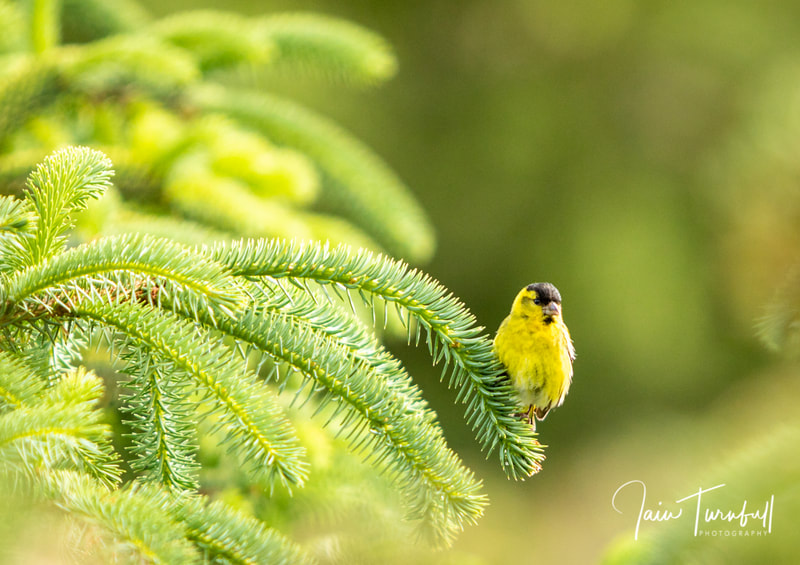
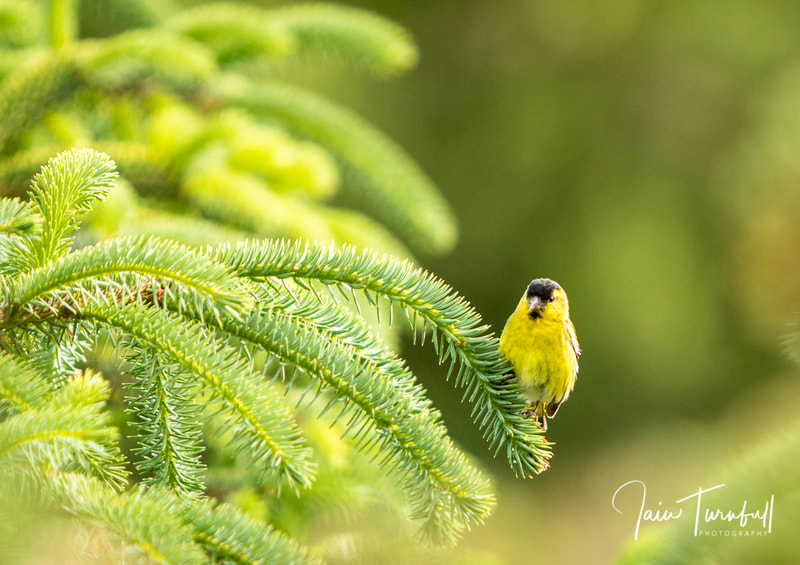
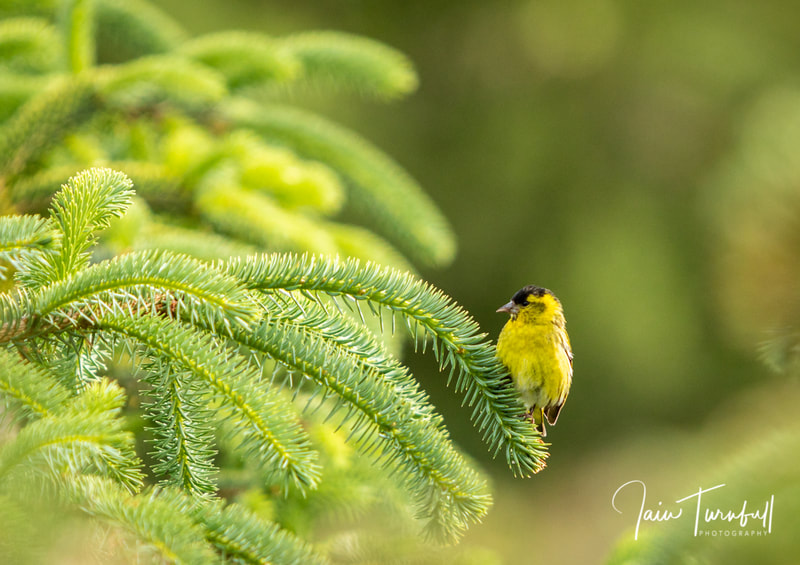
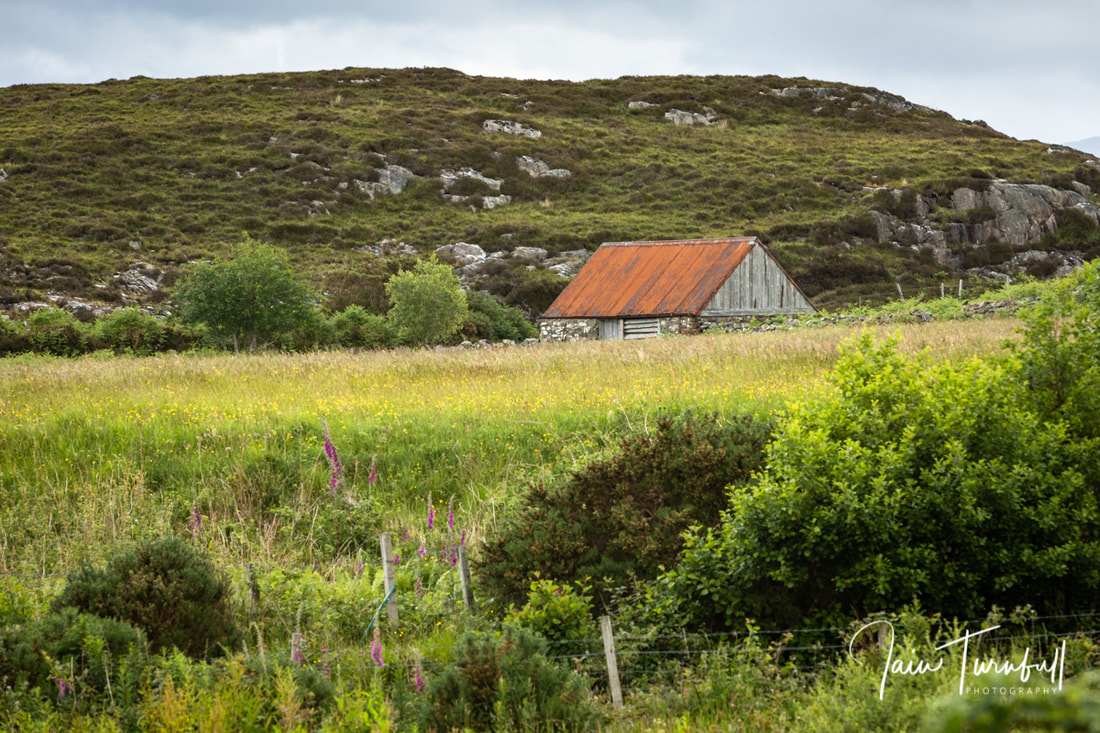

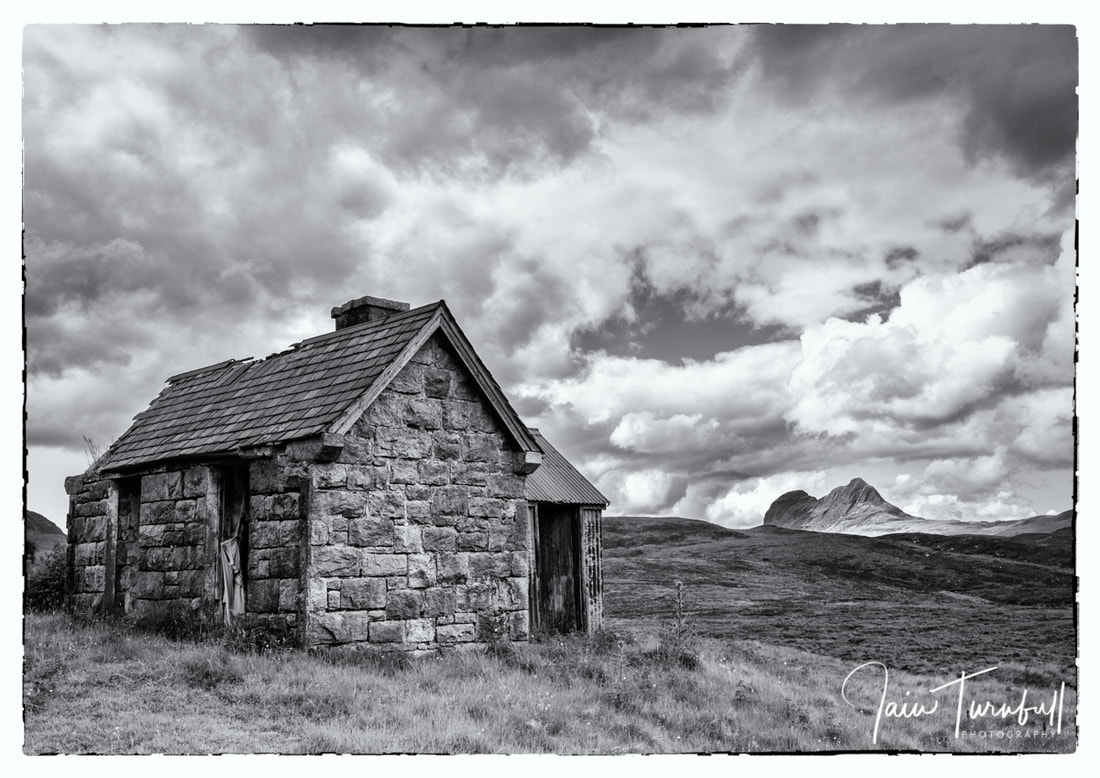
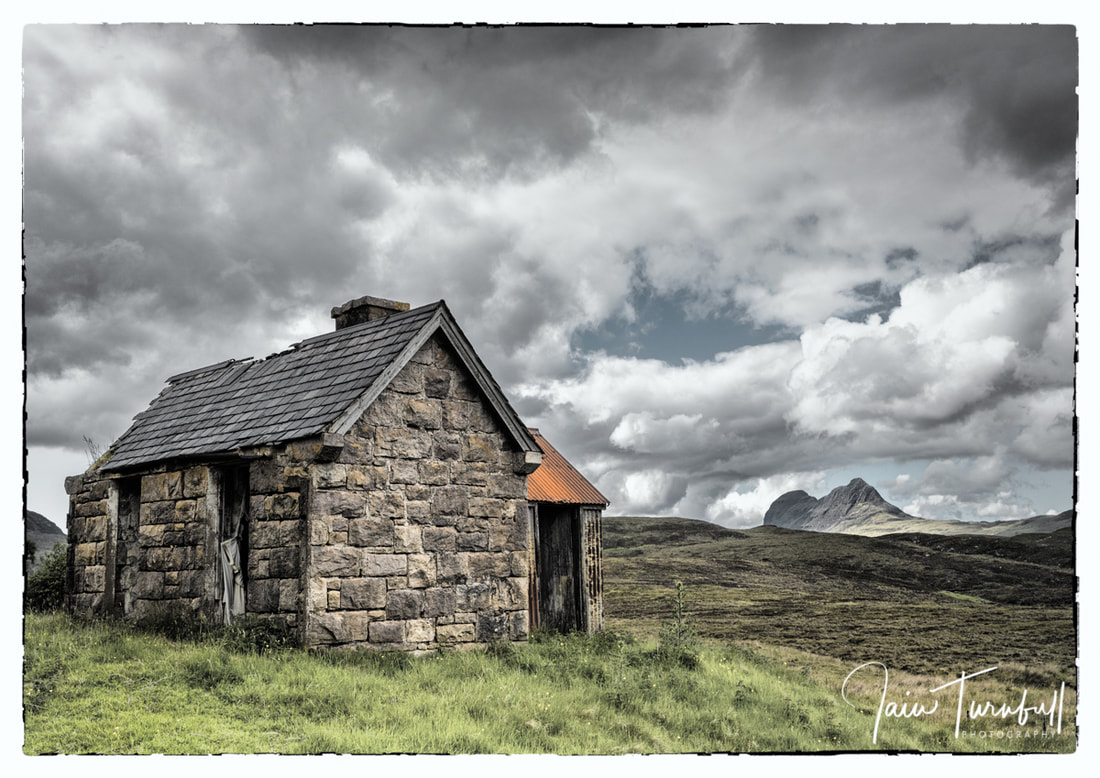
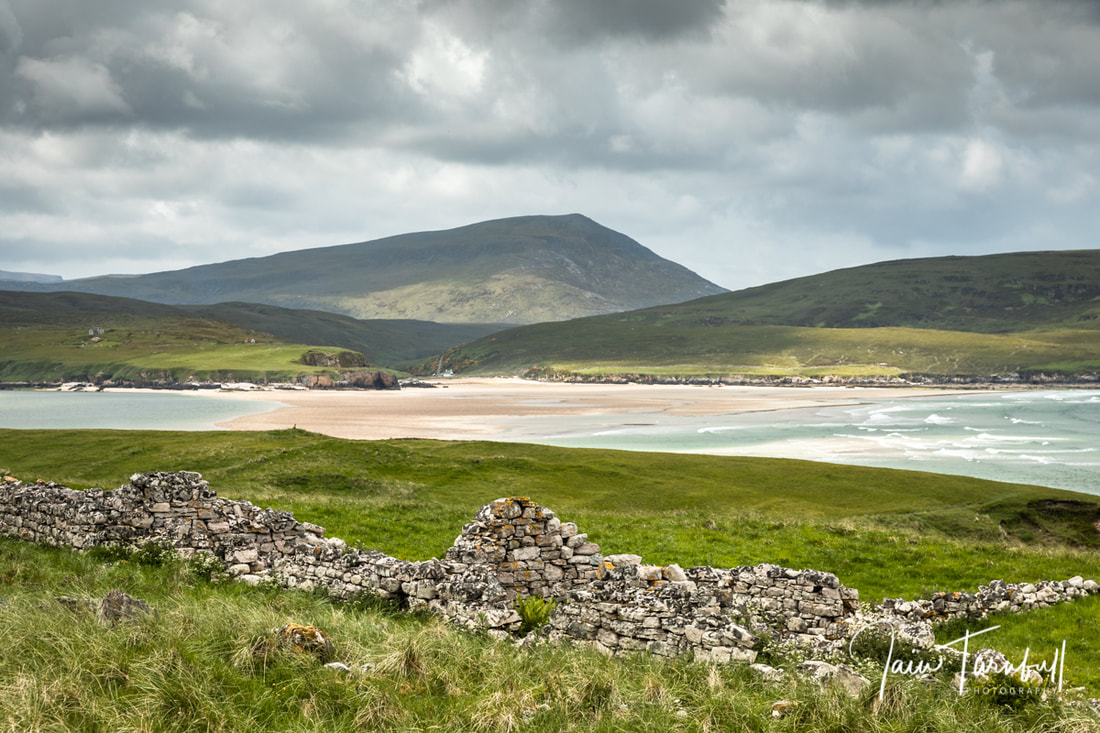
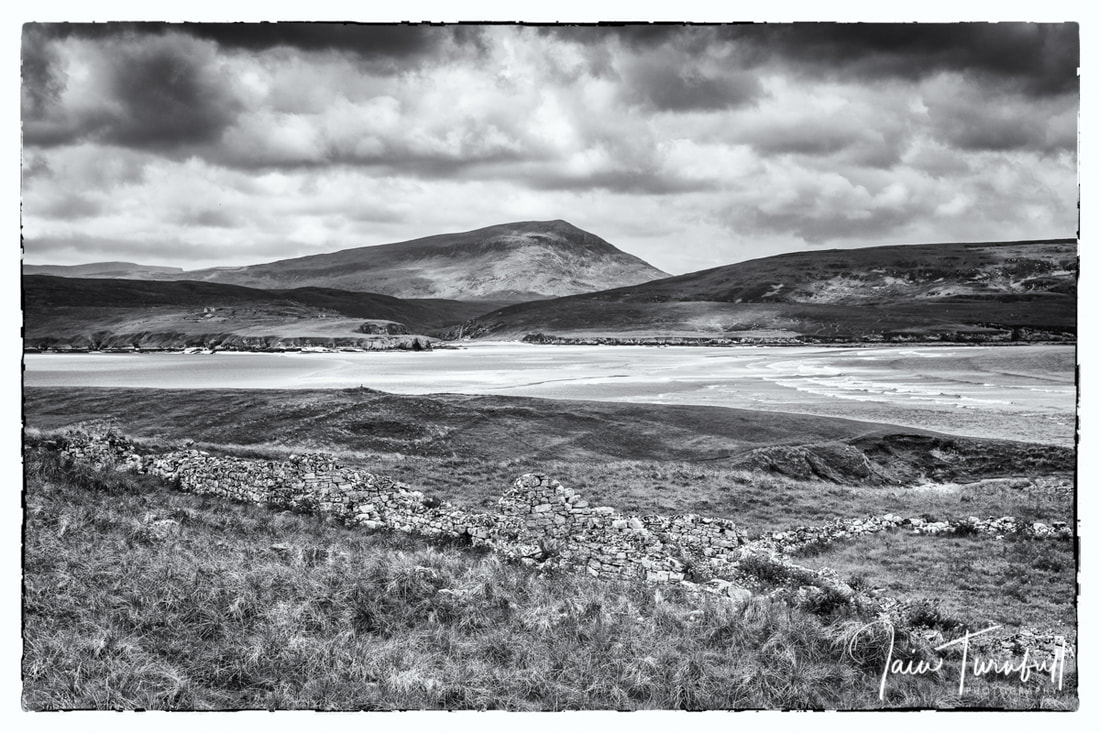
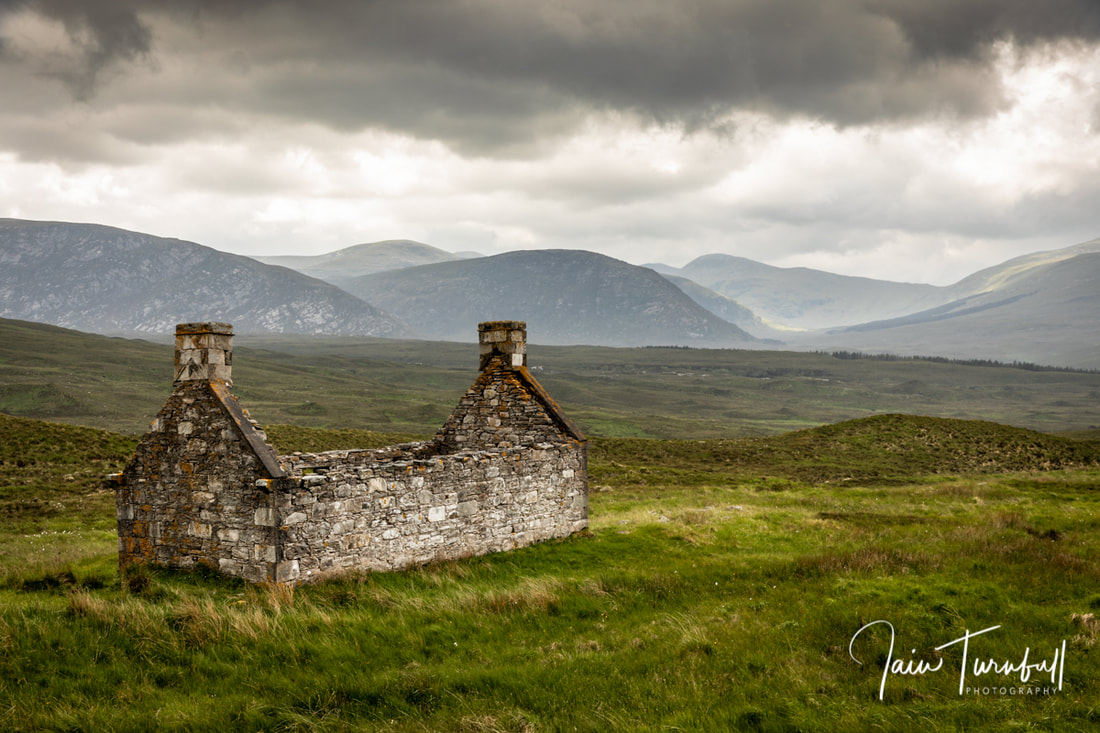
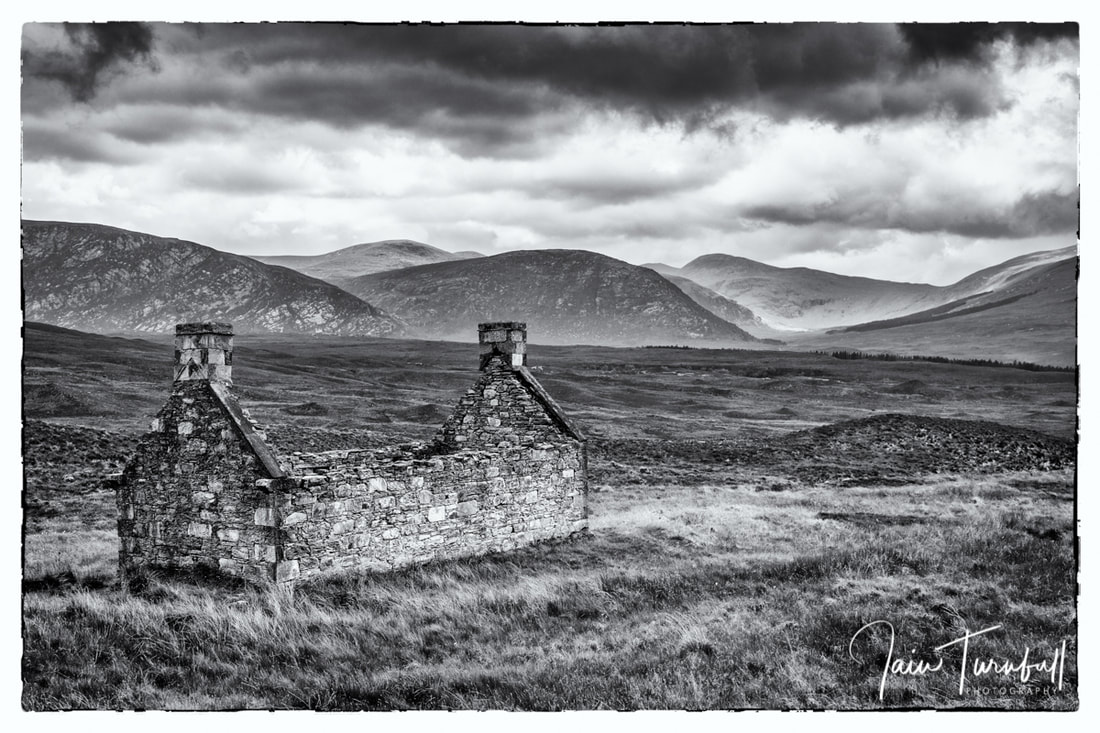
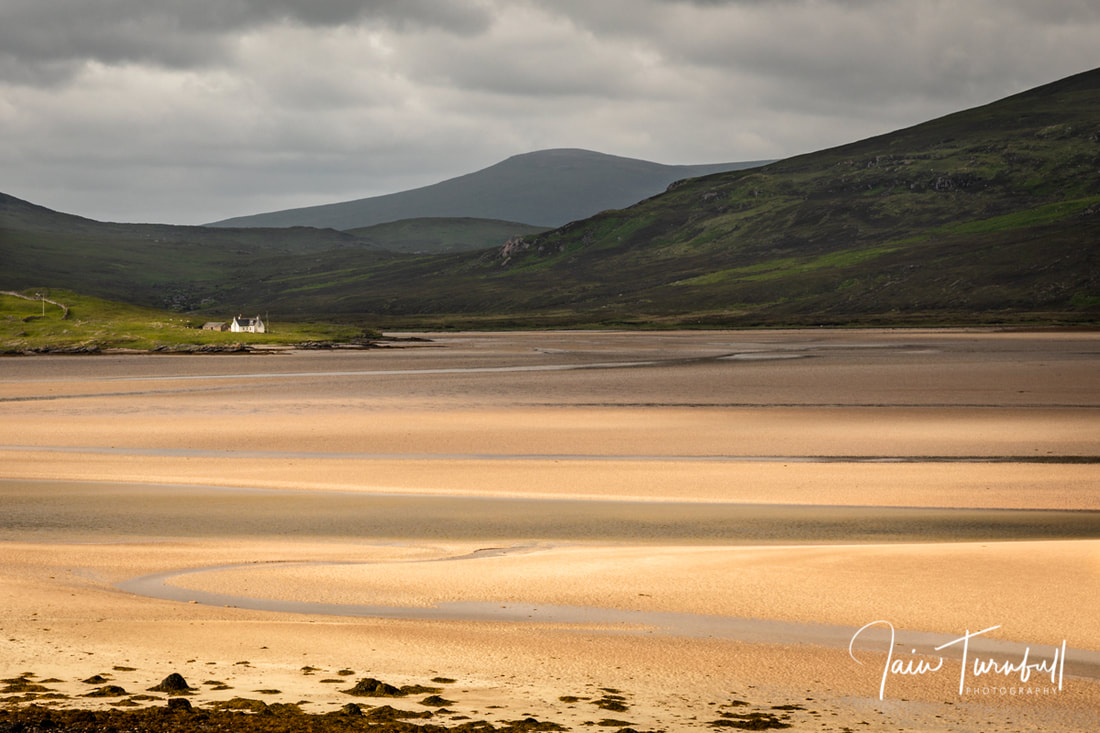
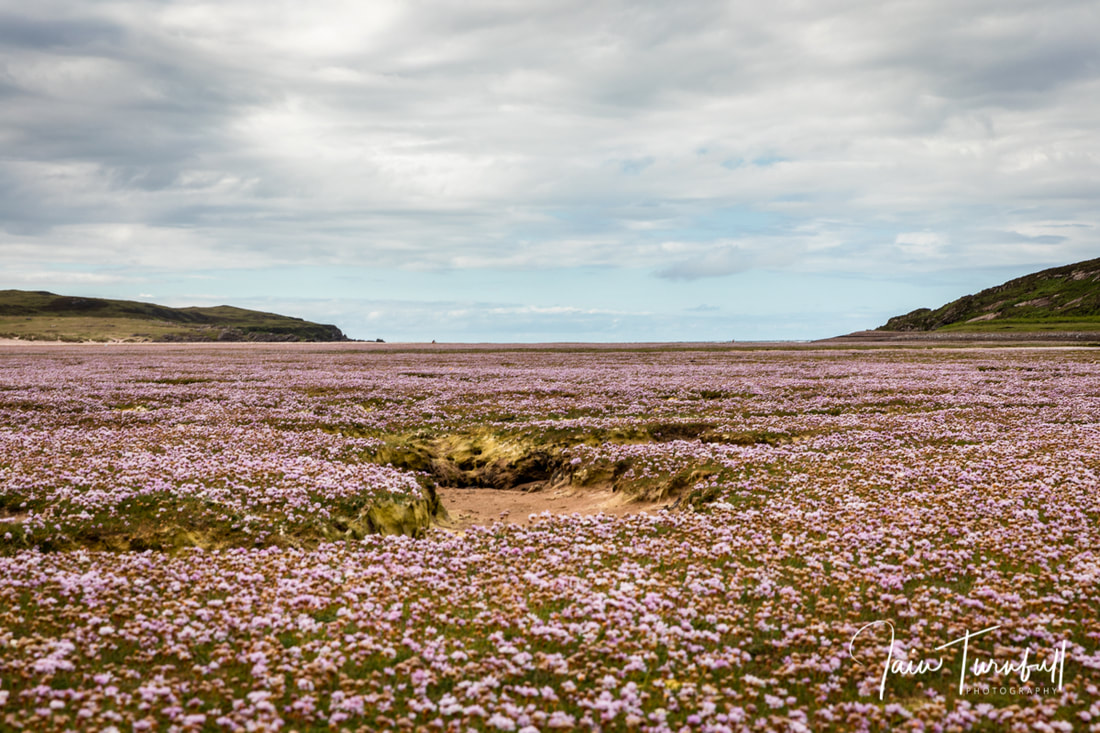
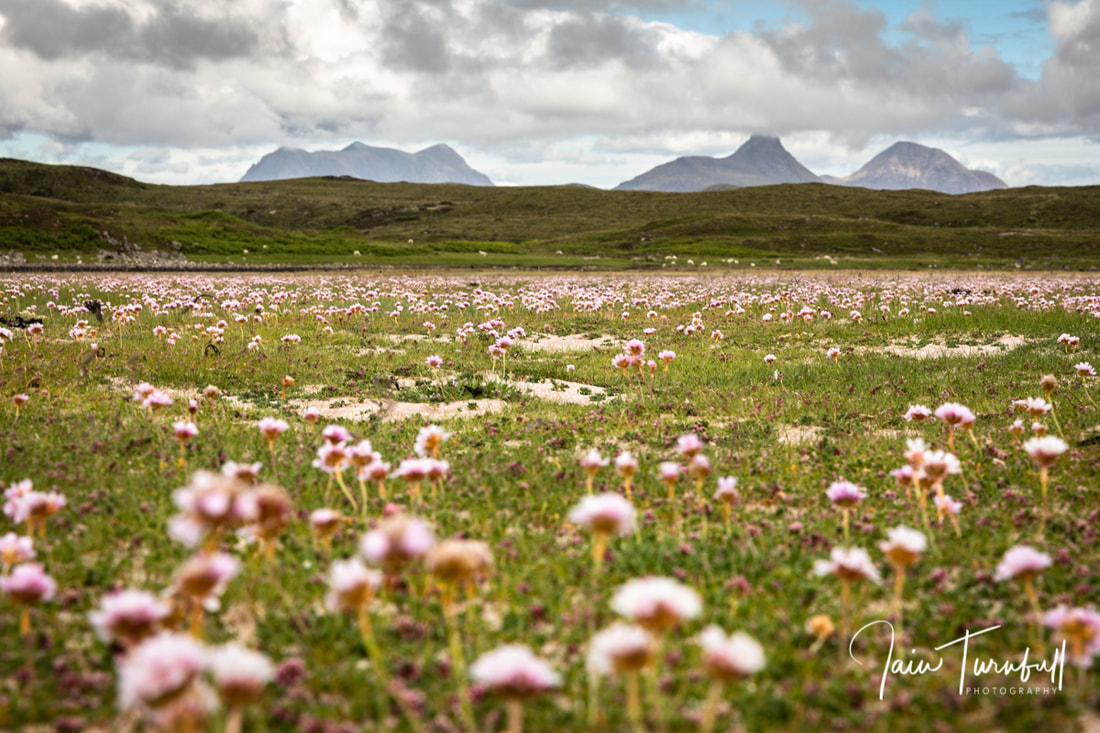

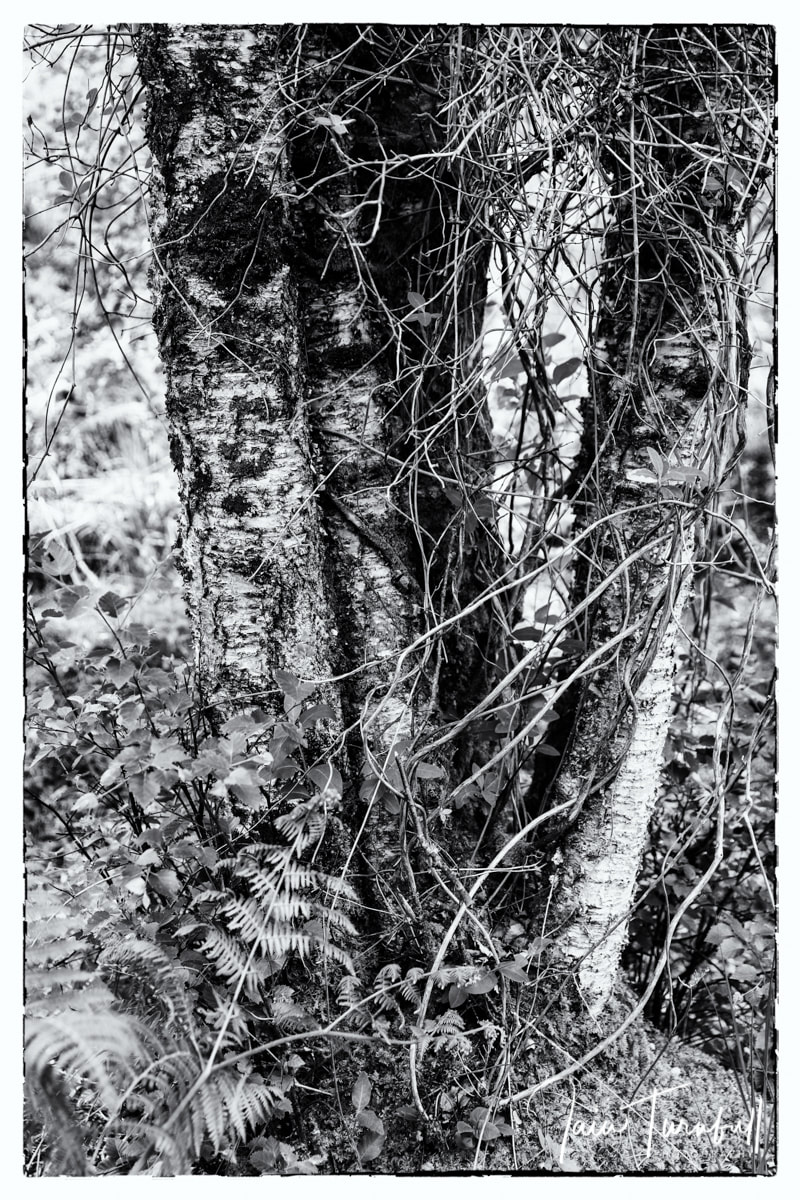
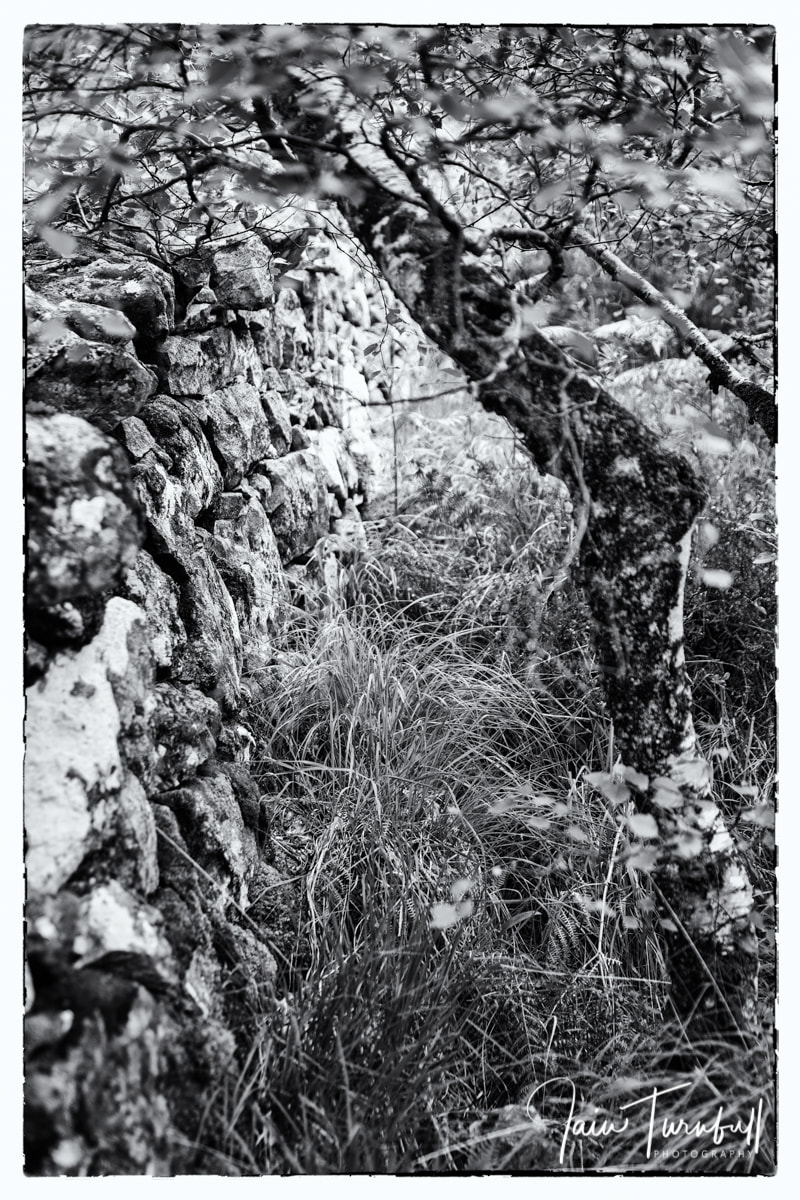
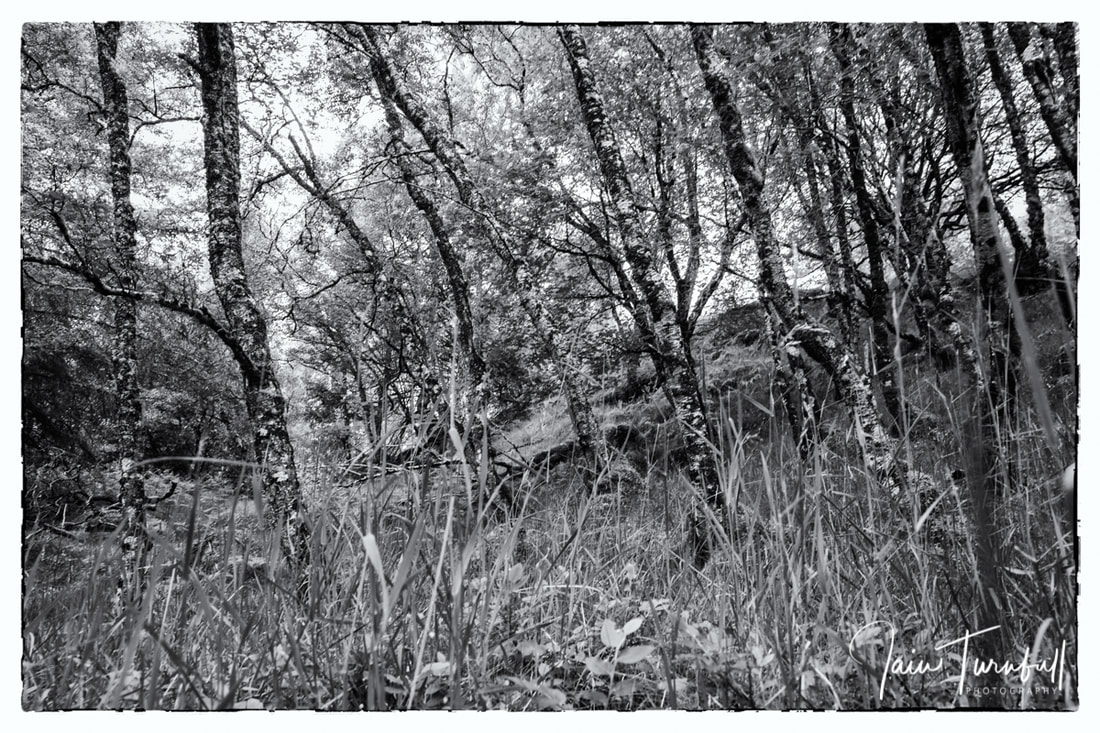
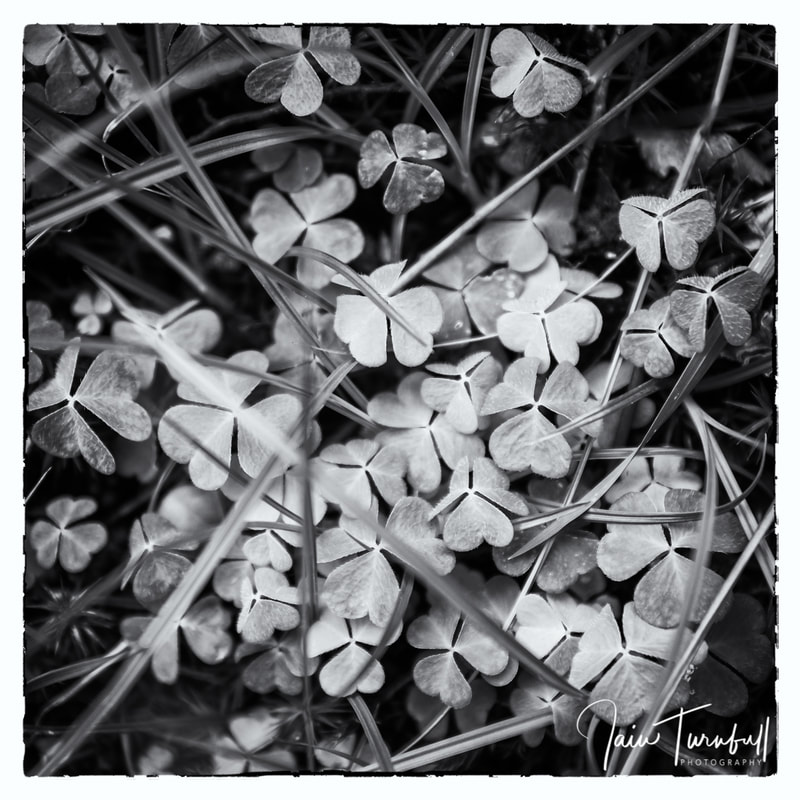
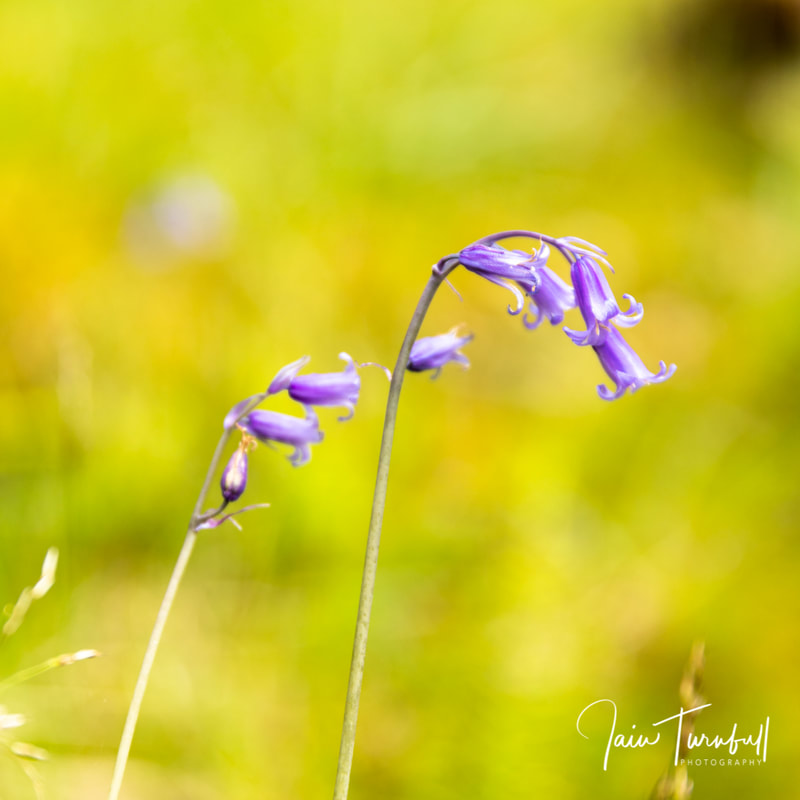
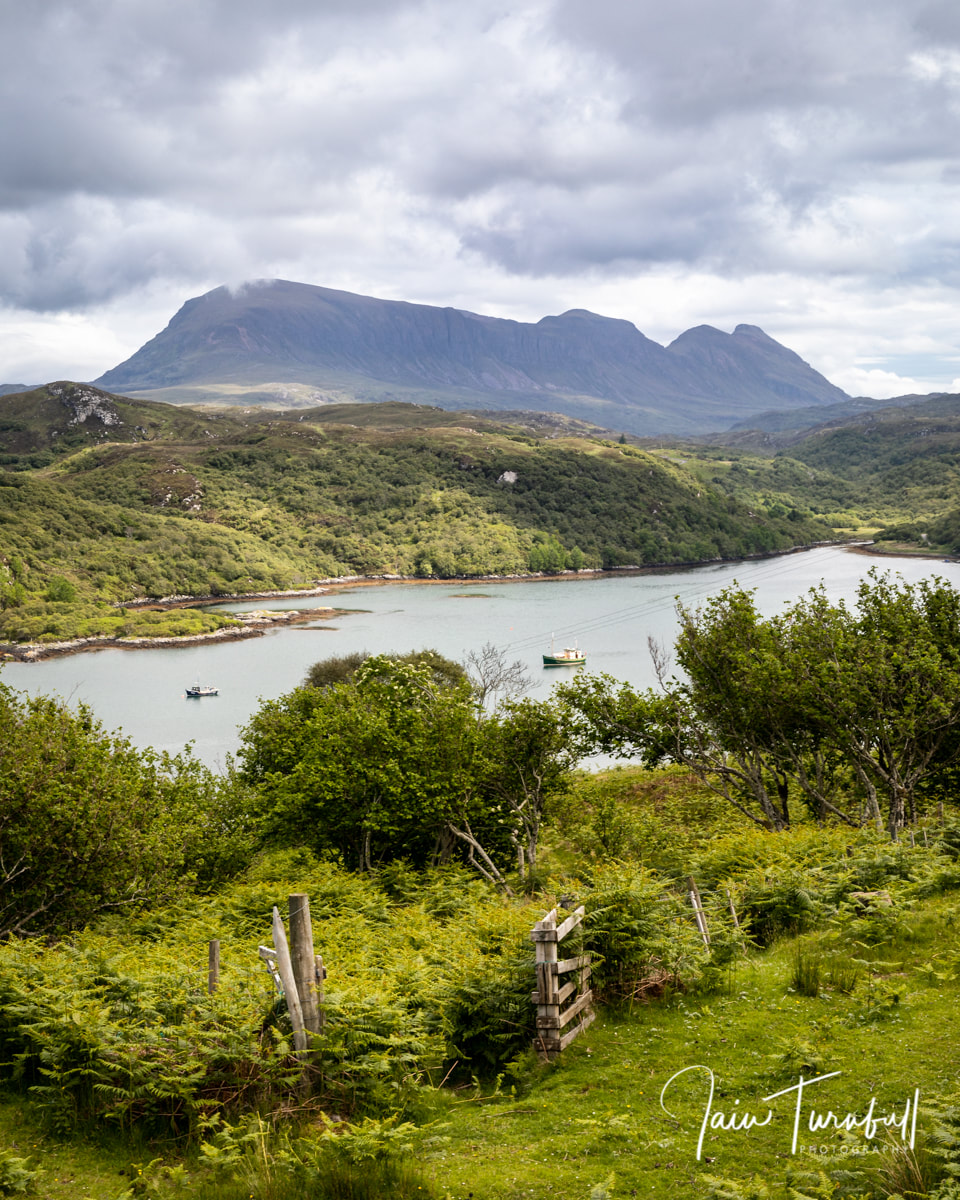
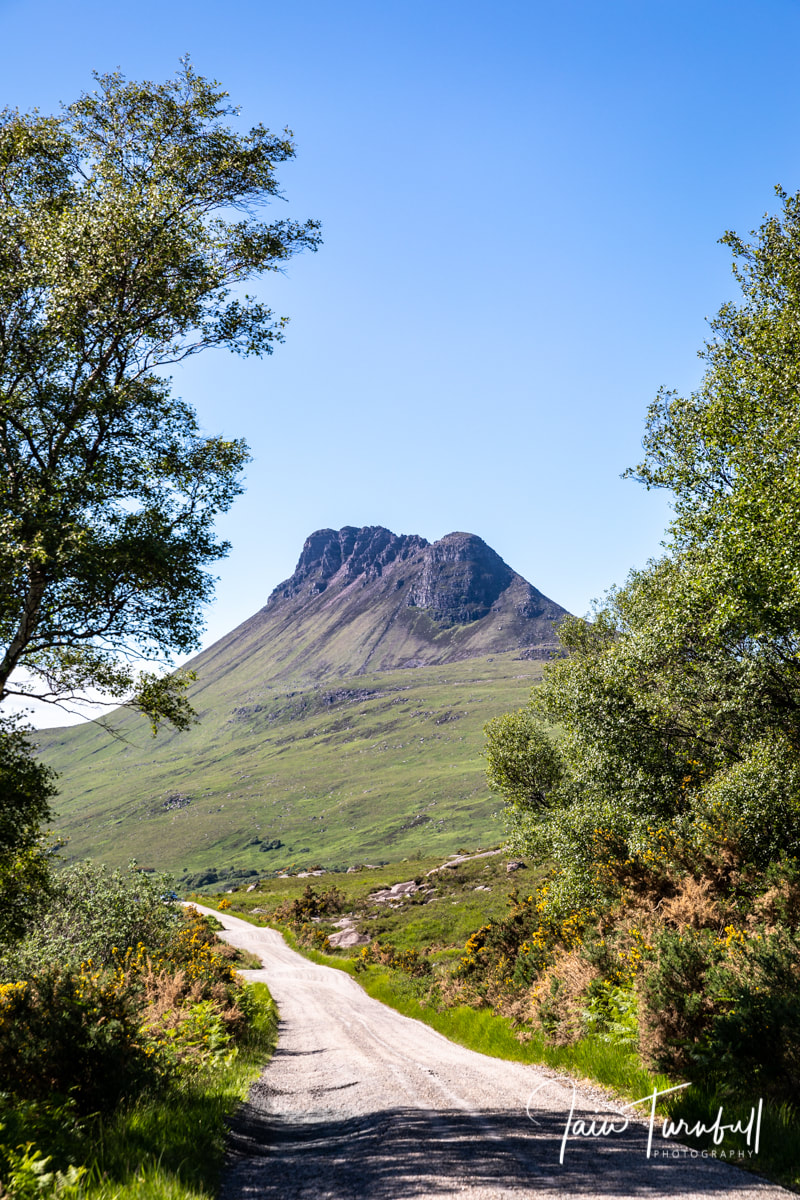
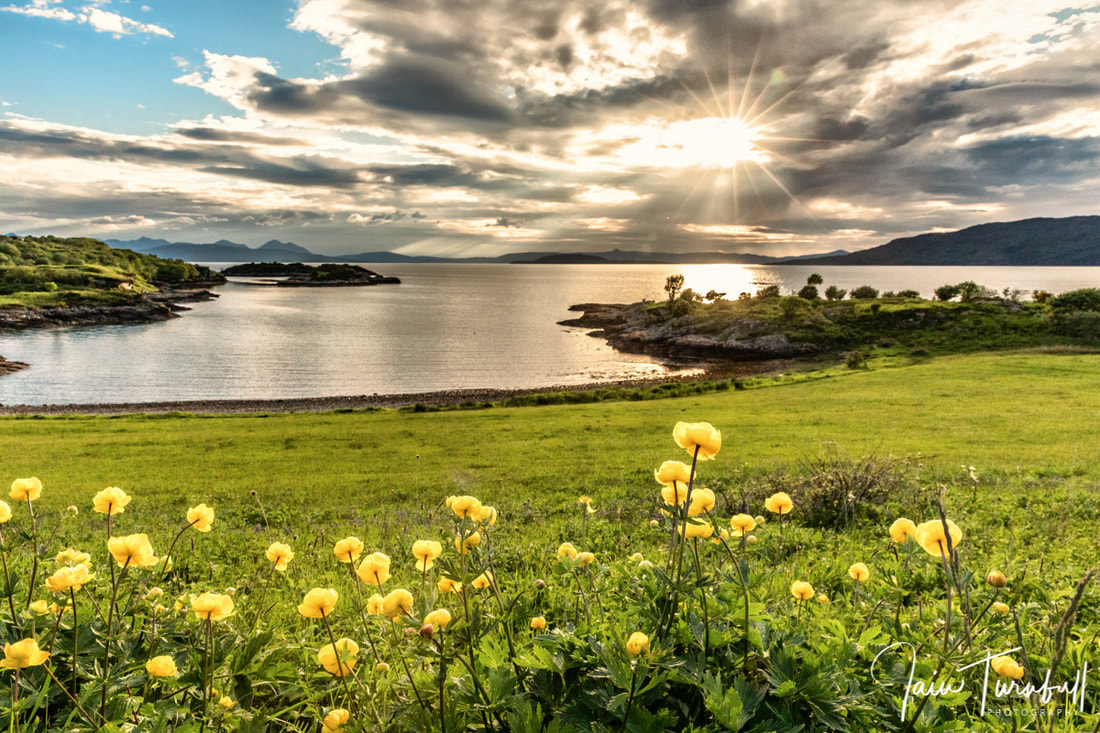
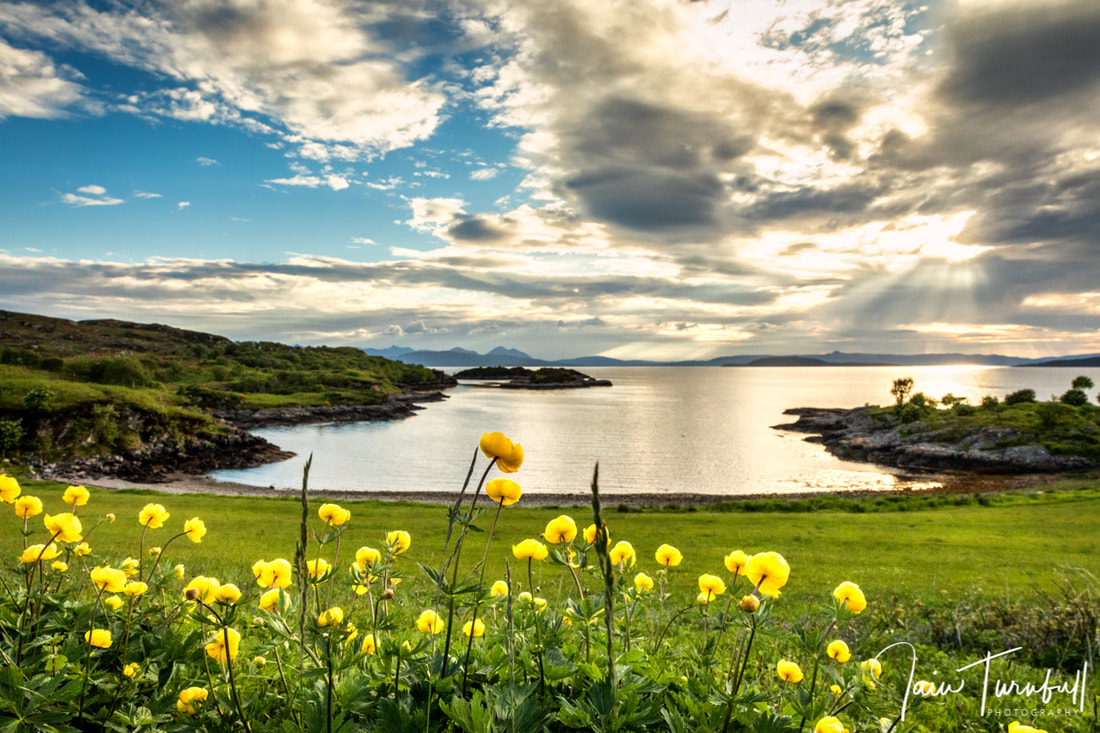
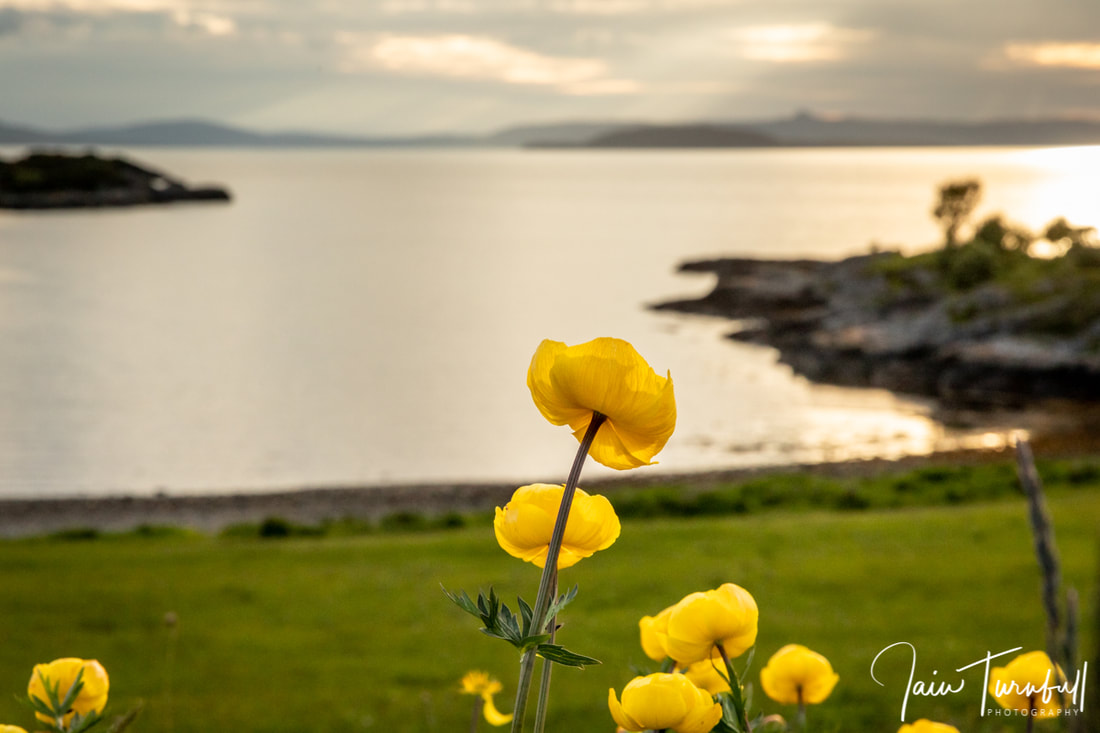
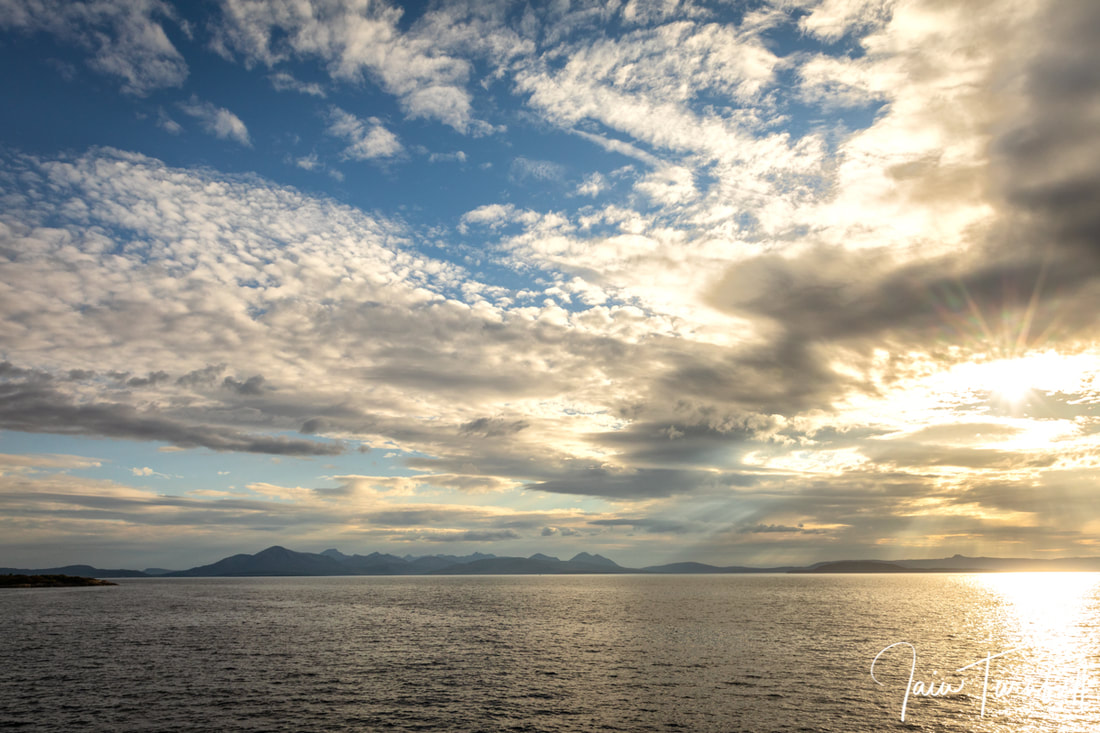
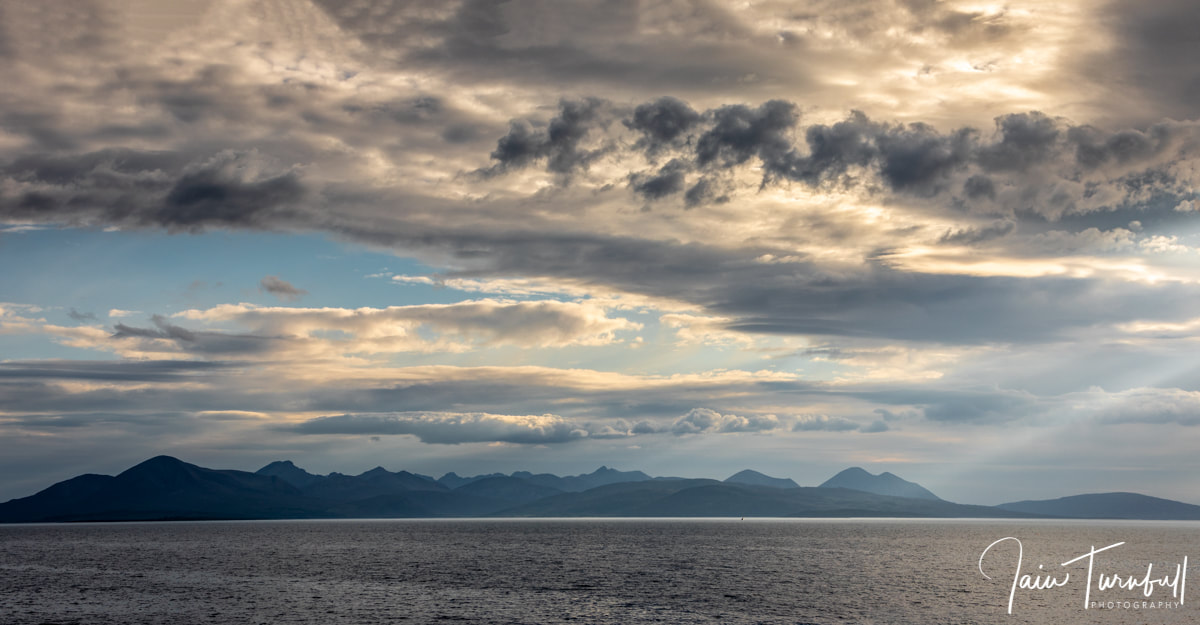
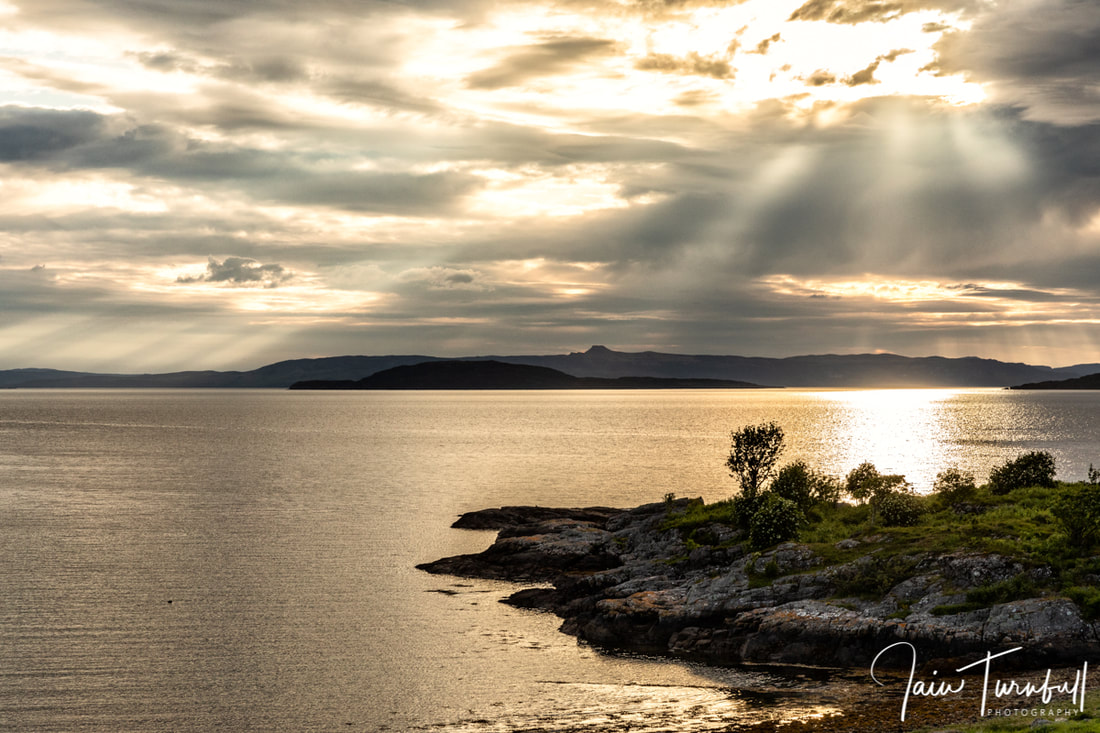
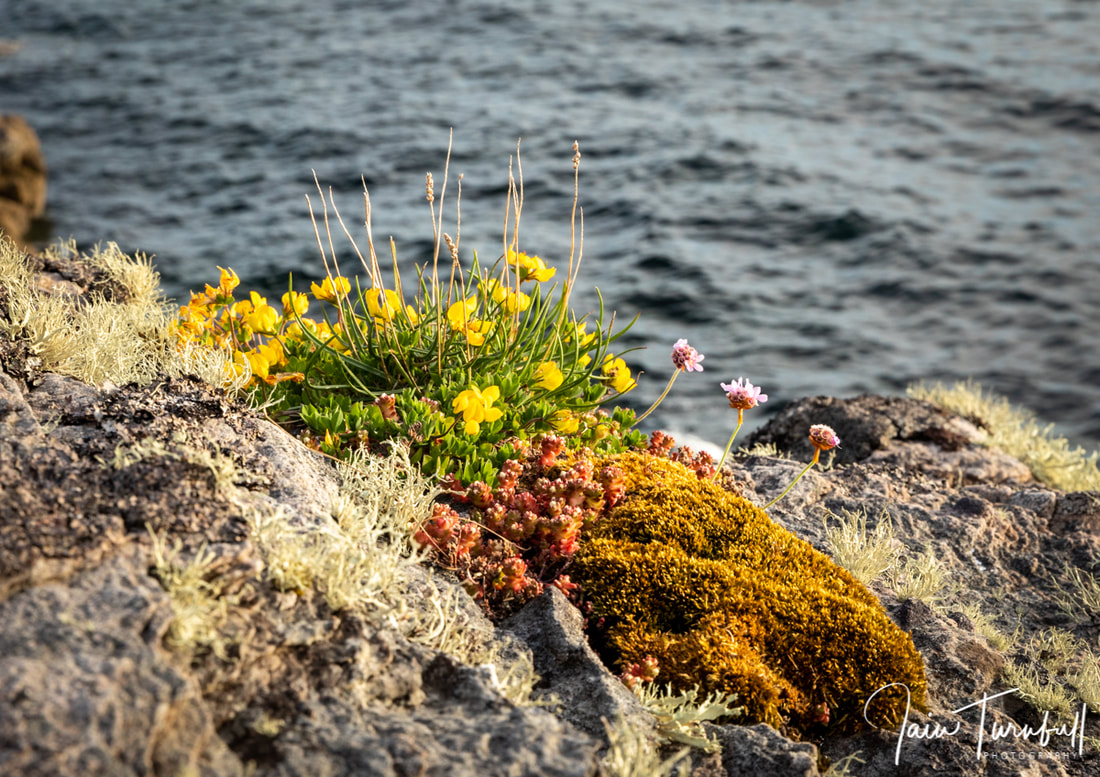
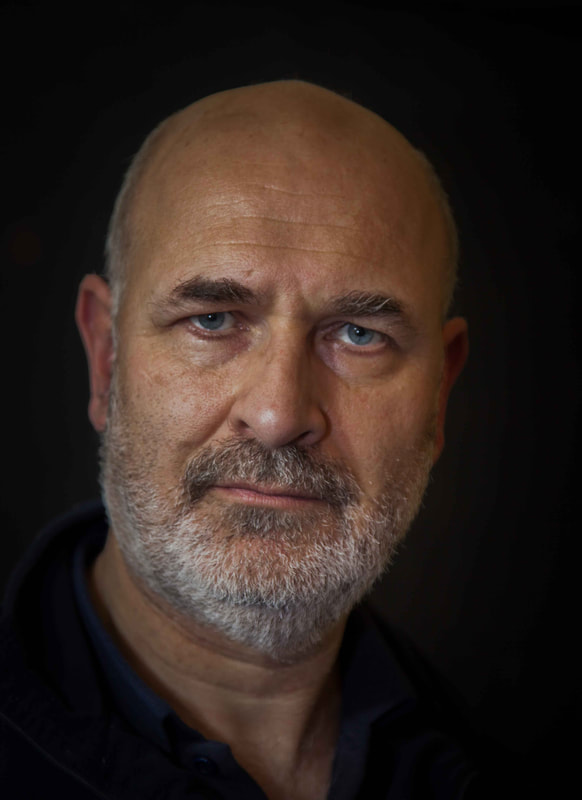
 RSS Feed
RSS Feed